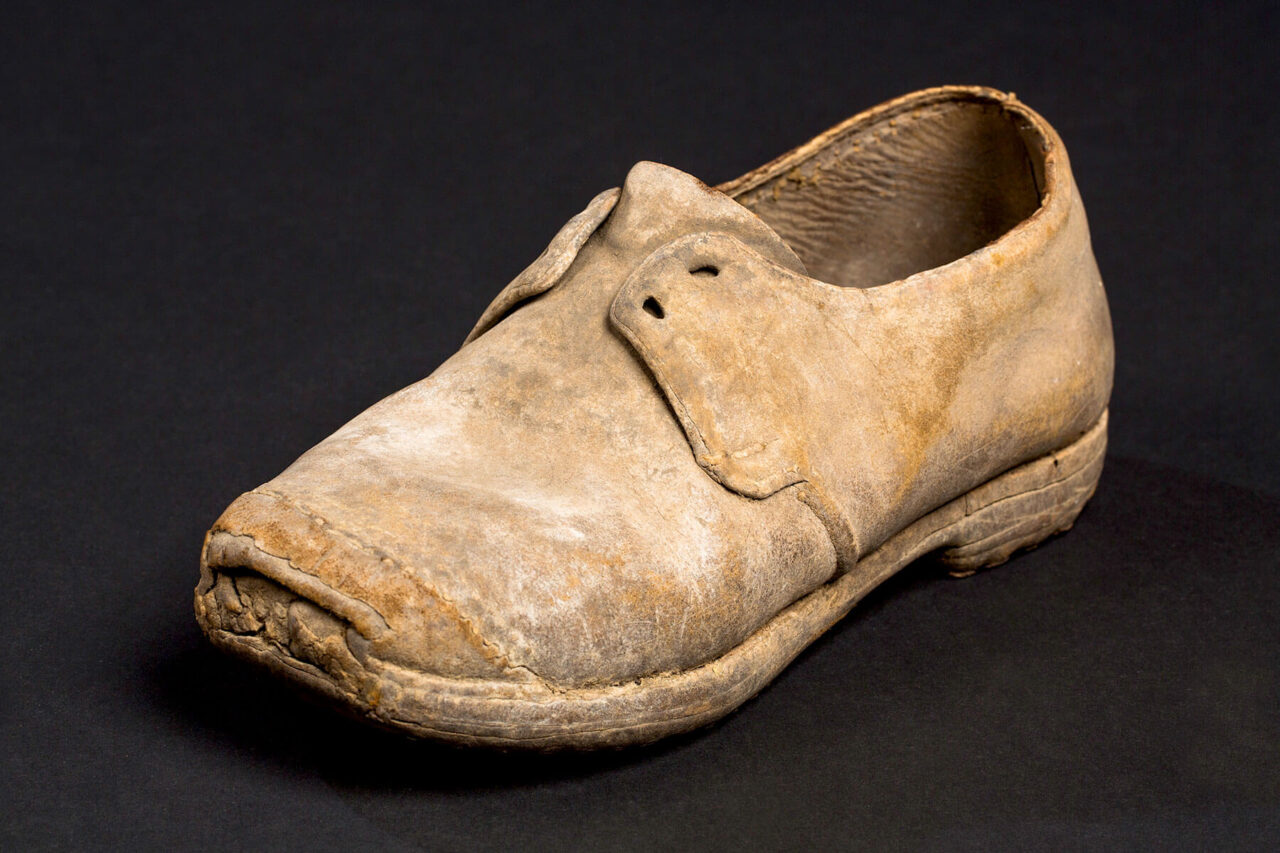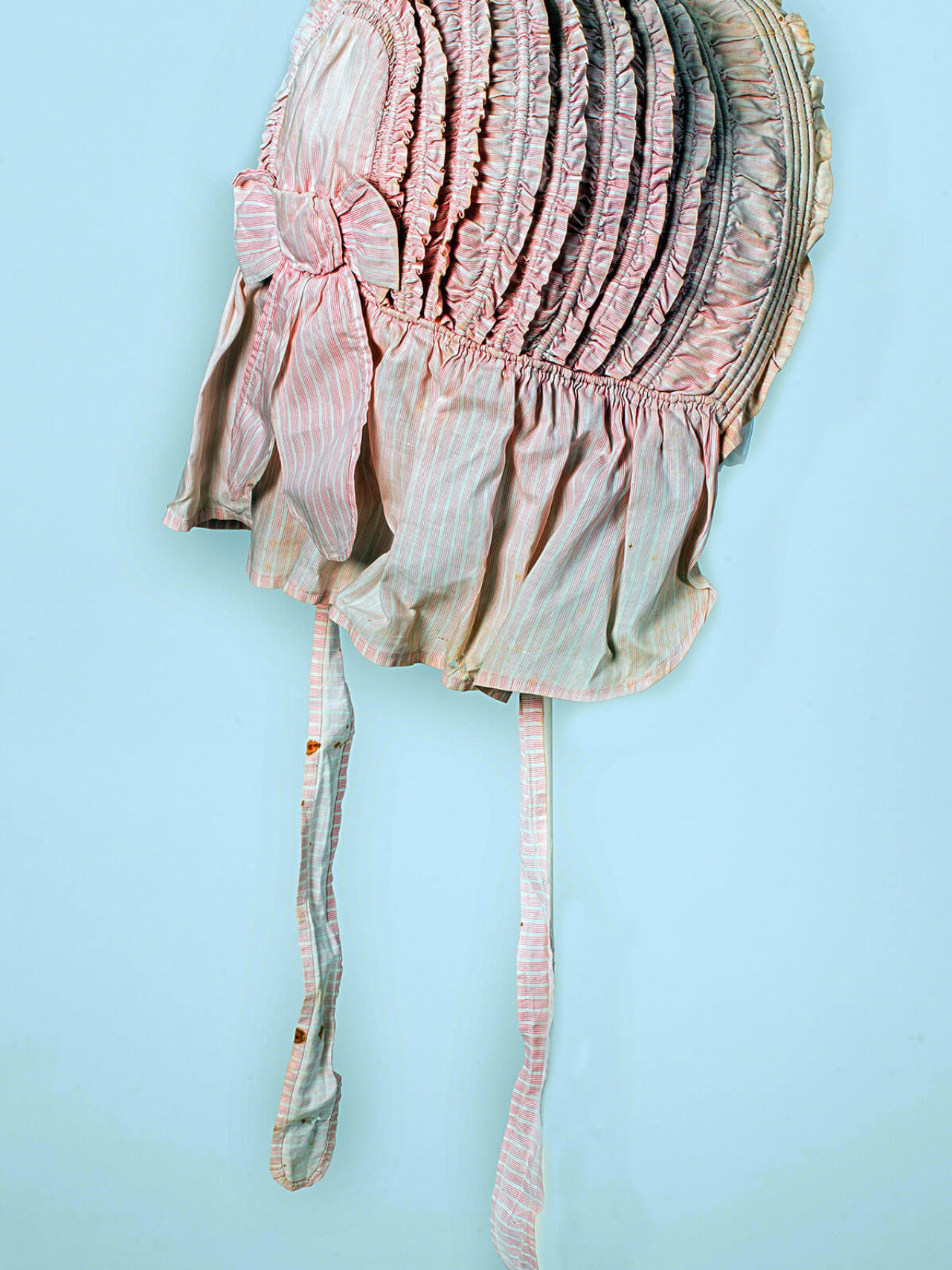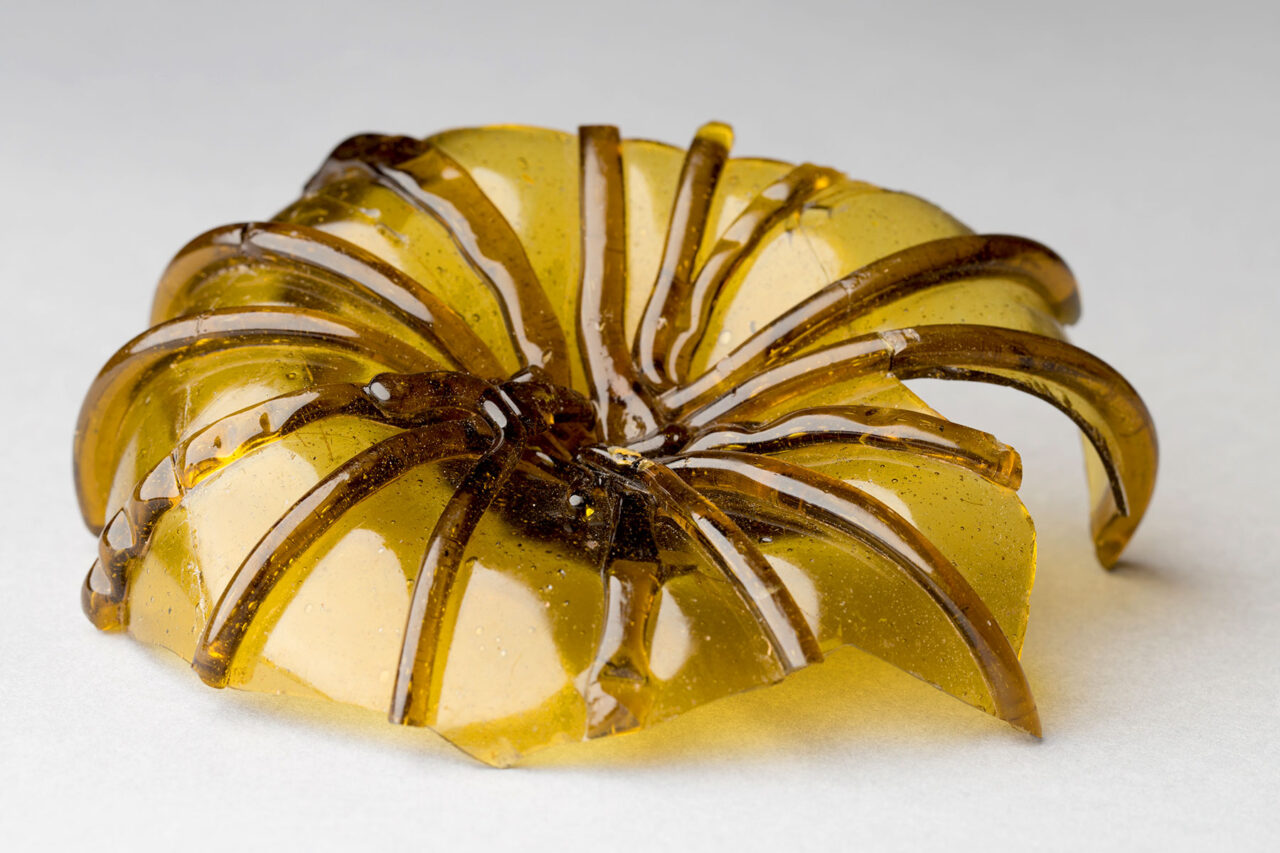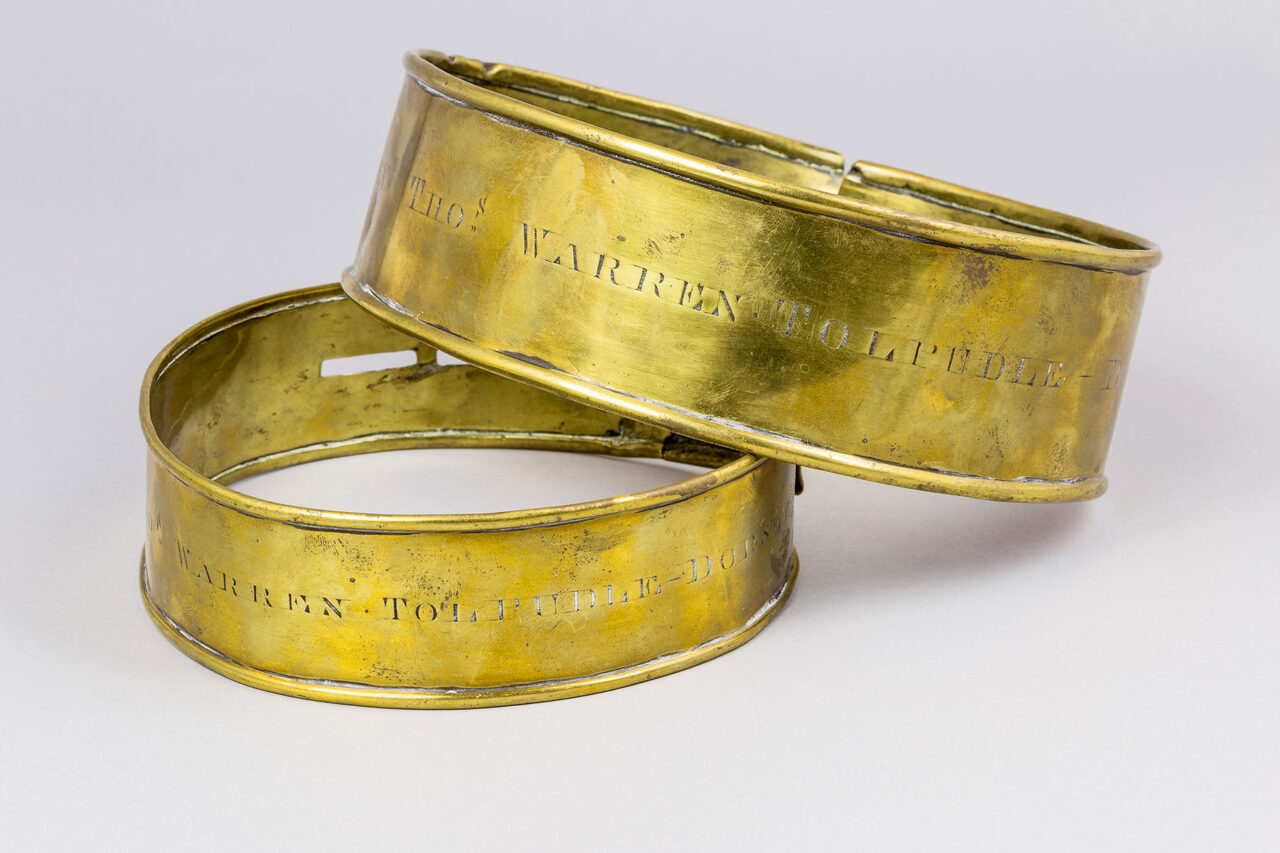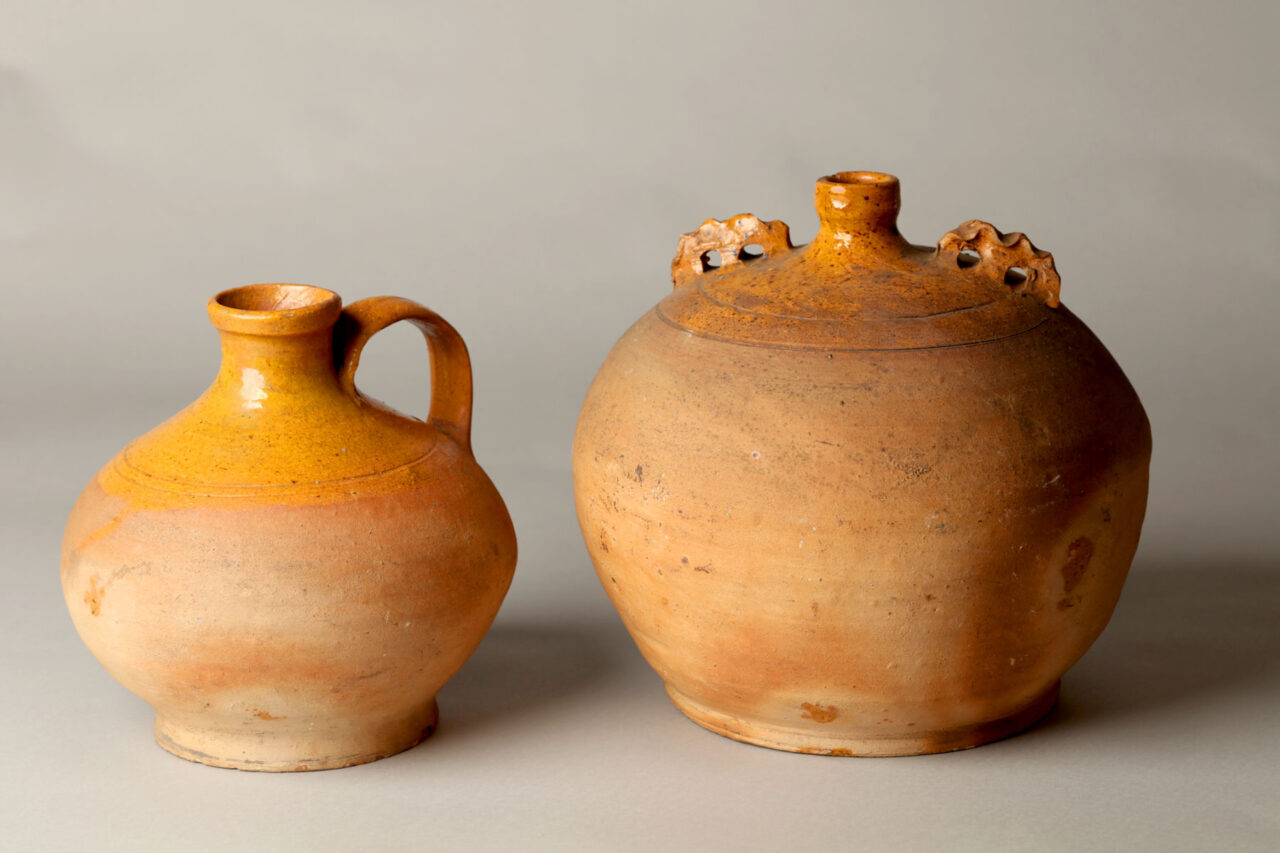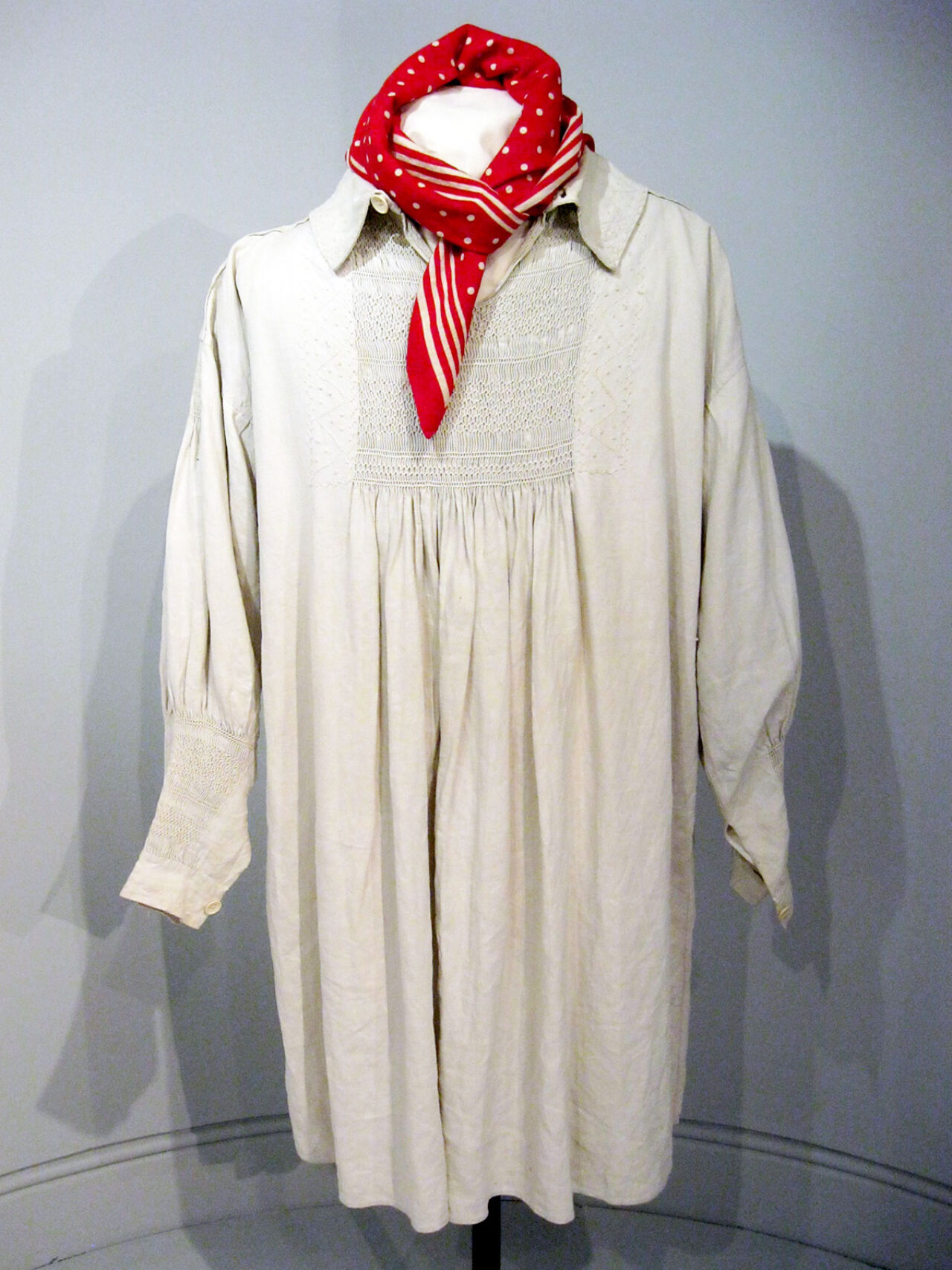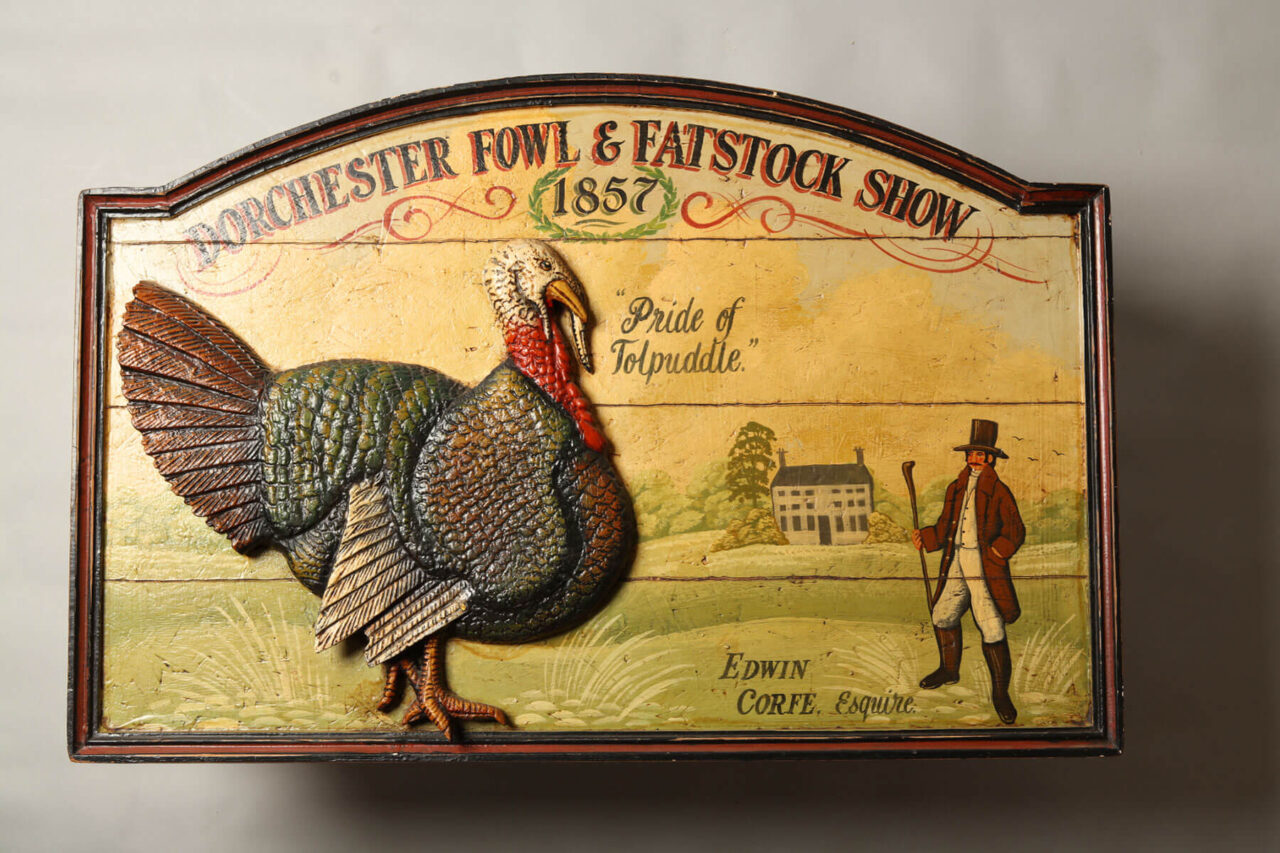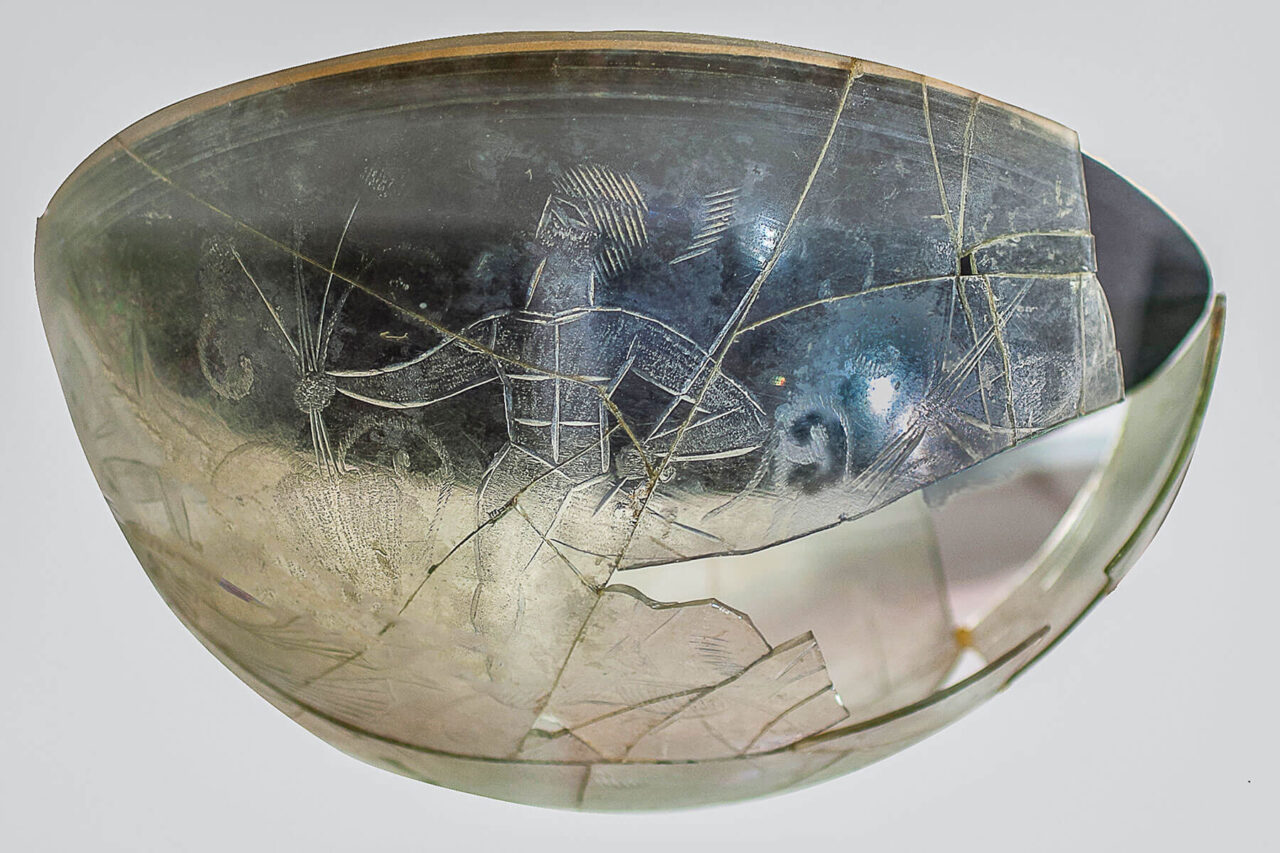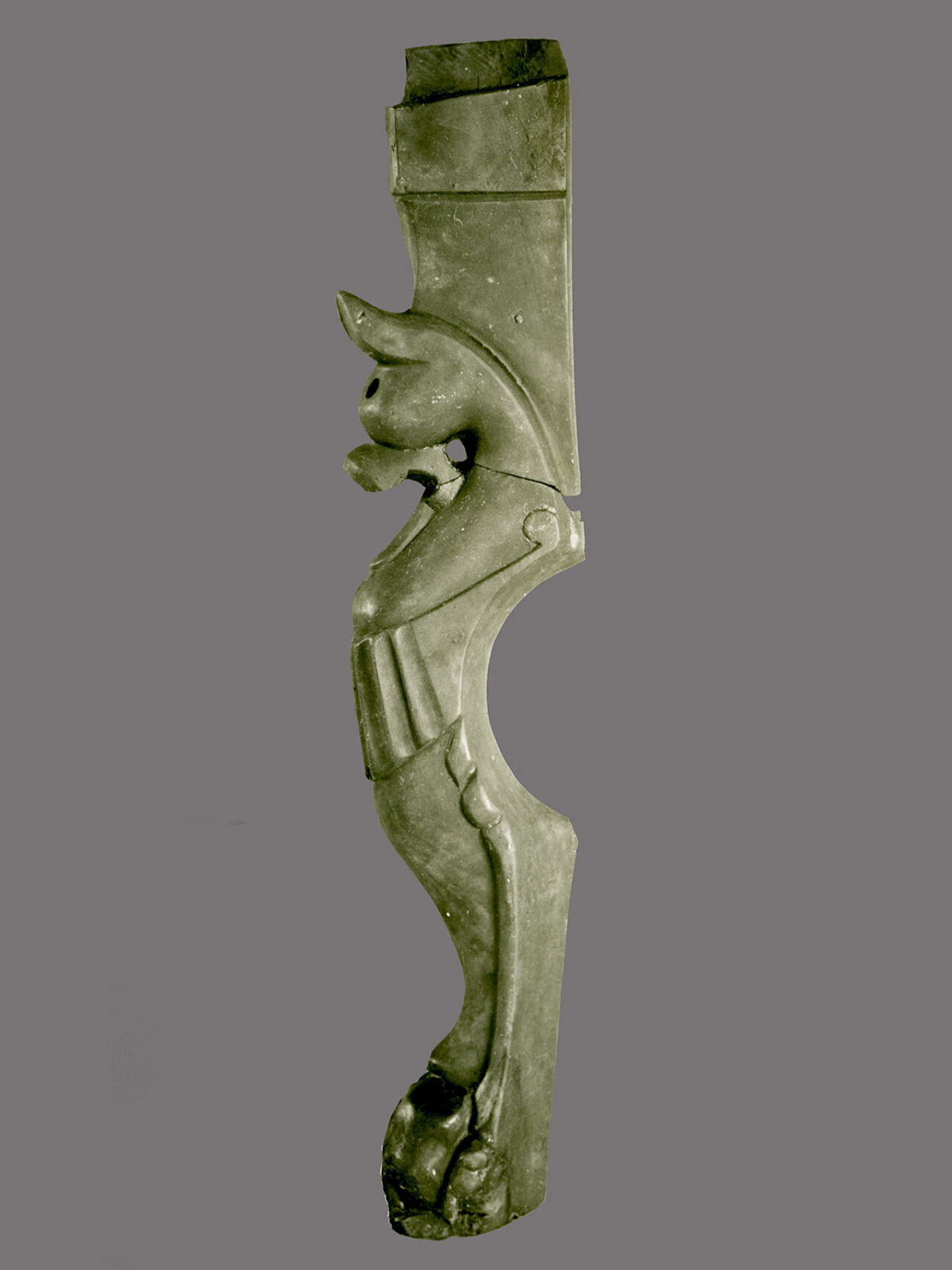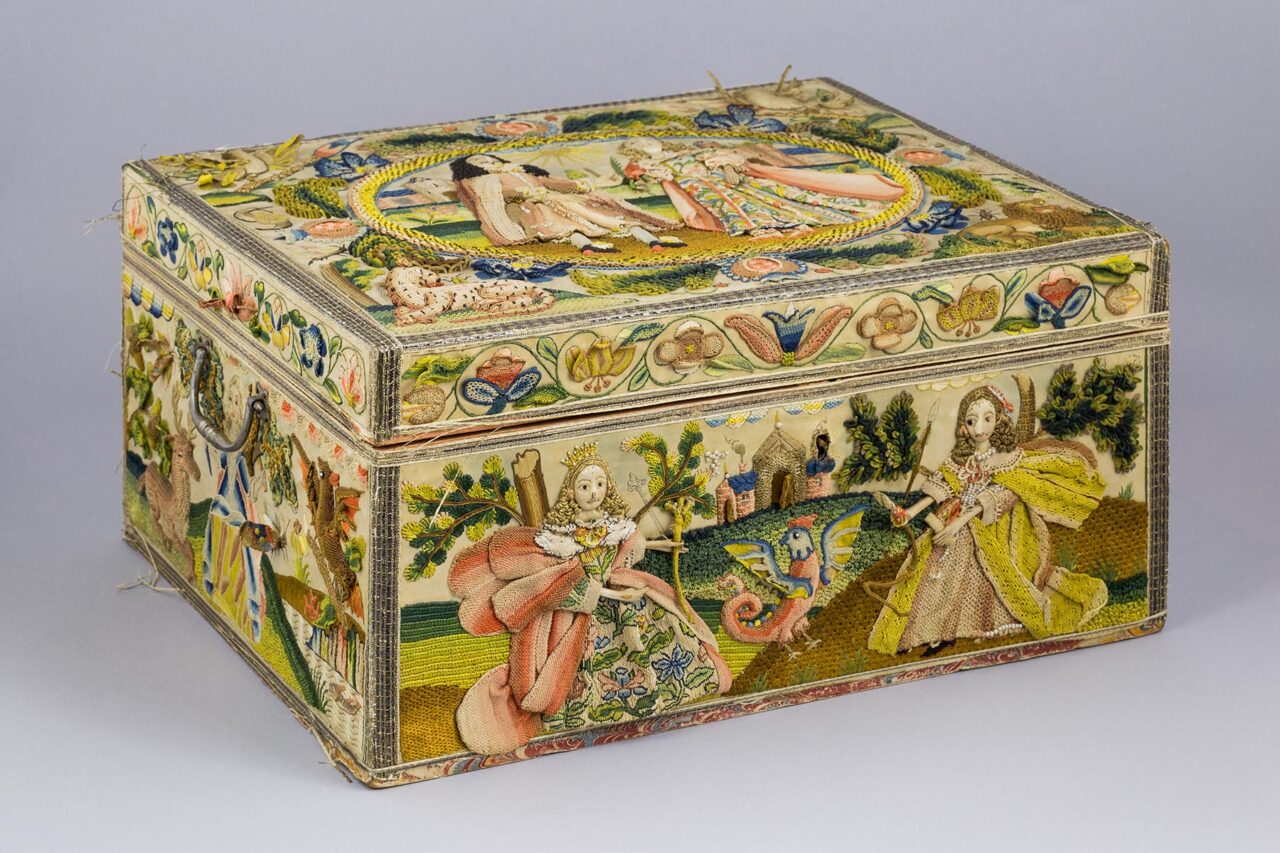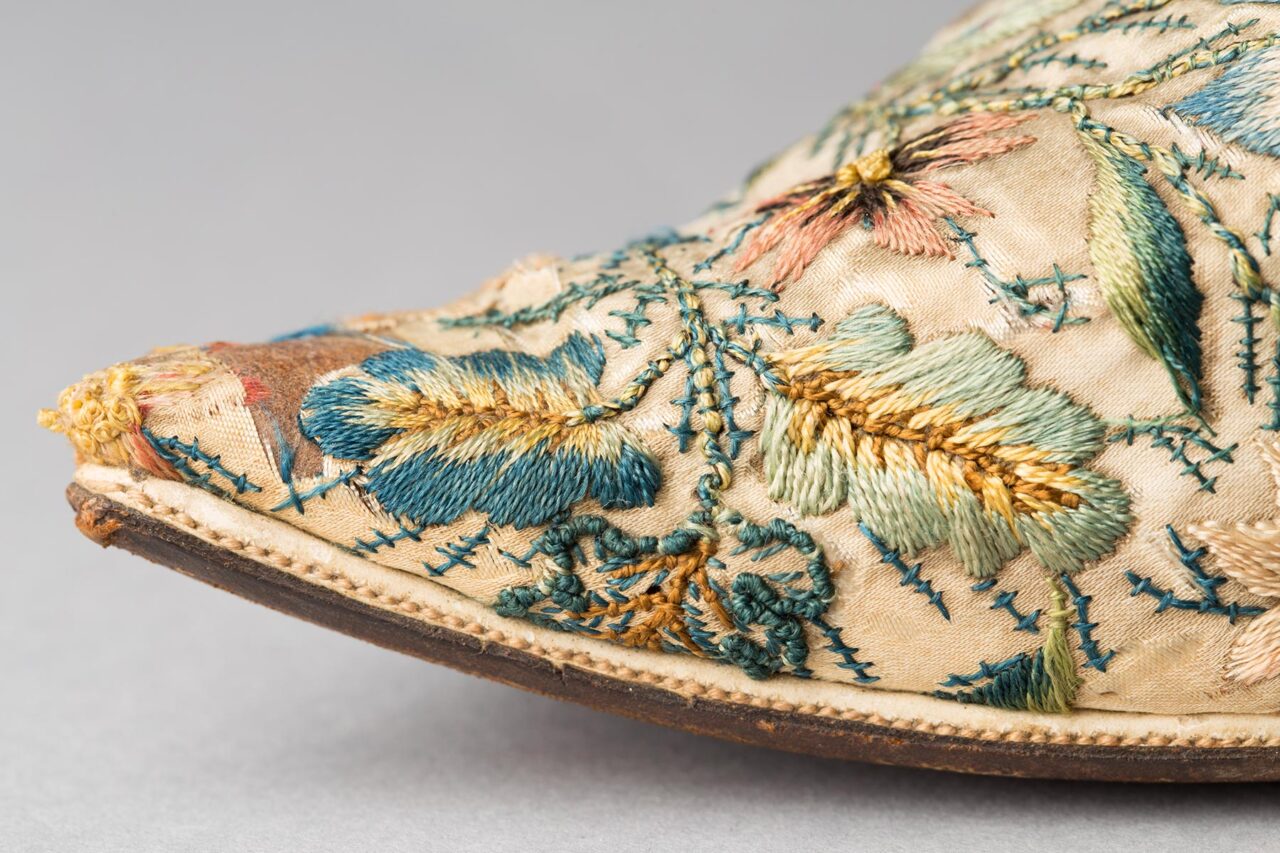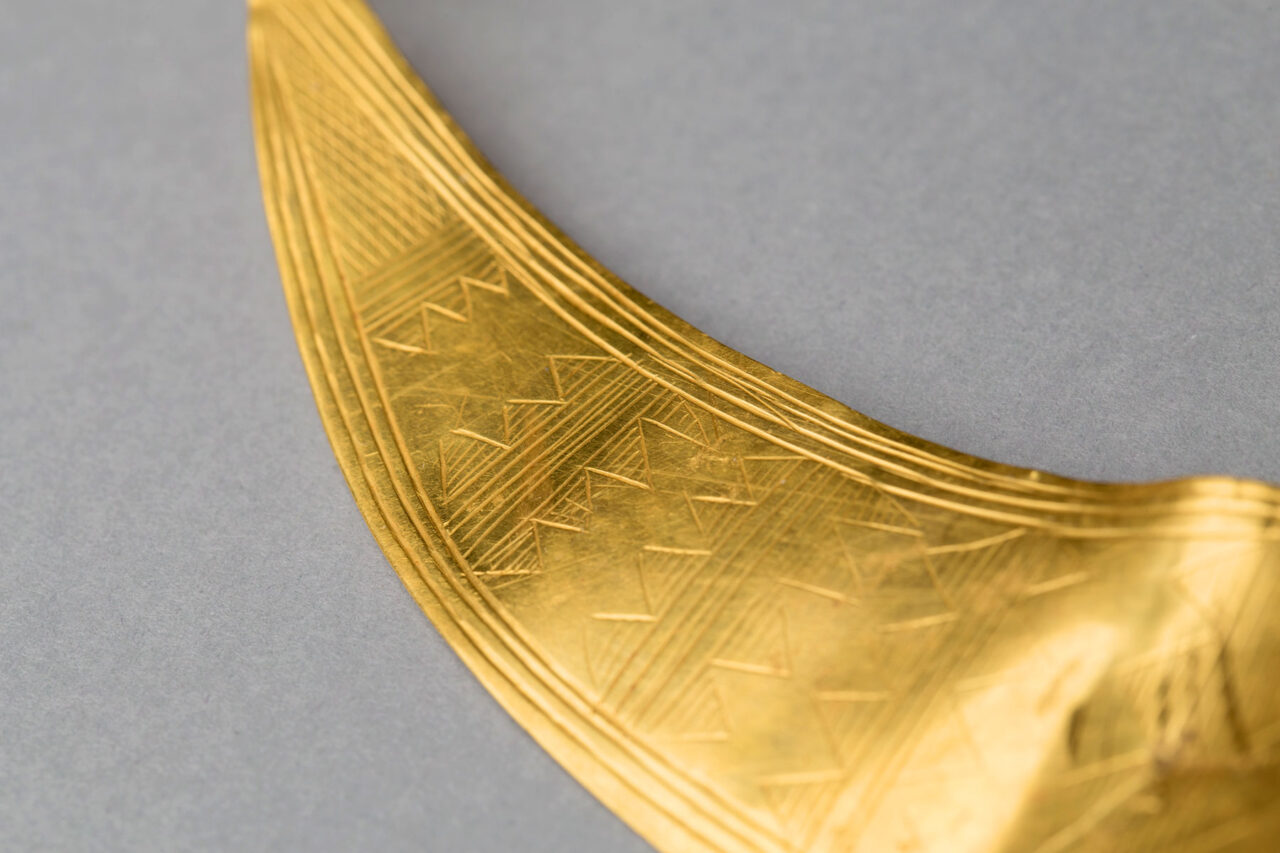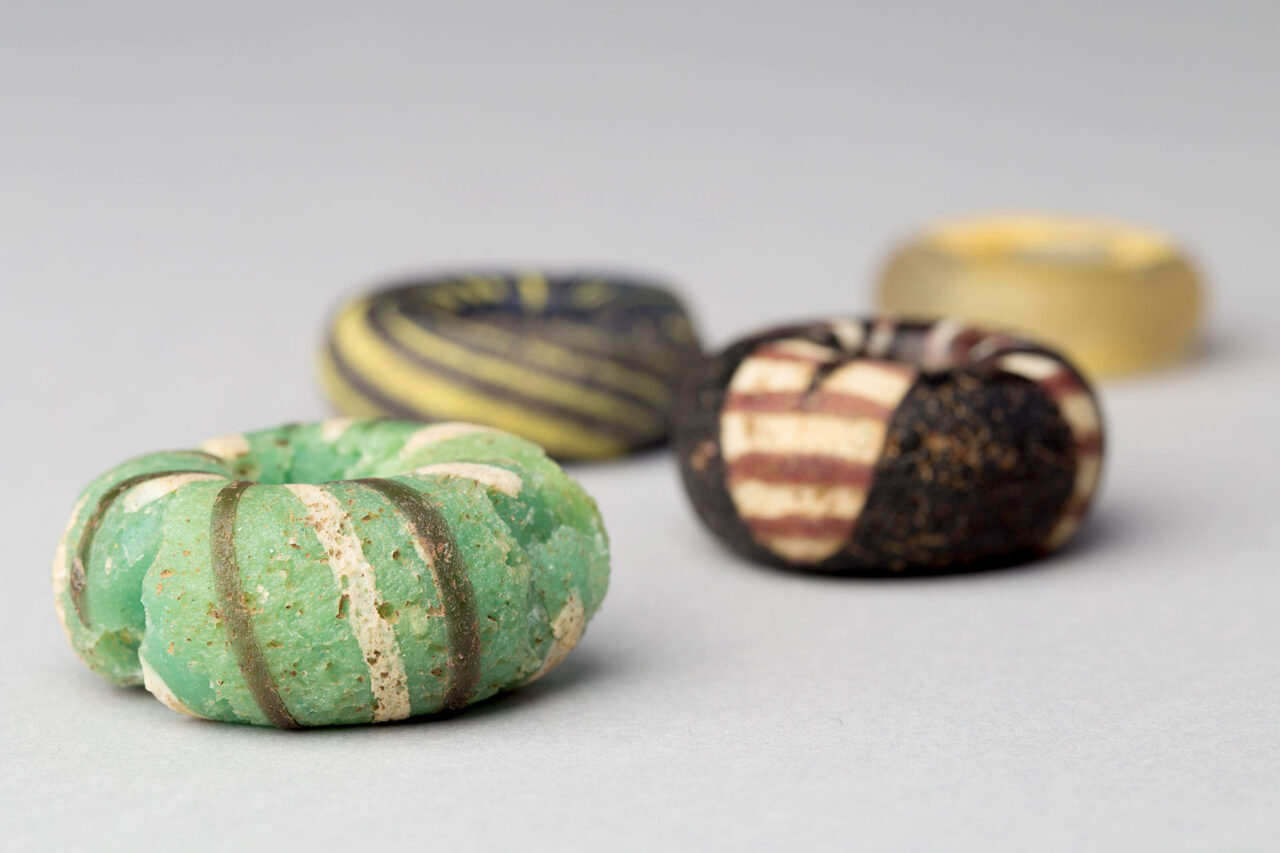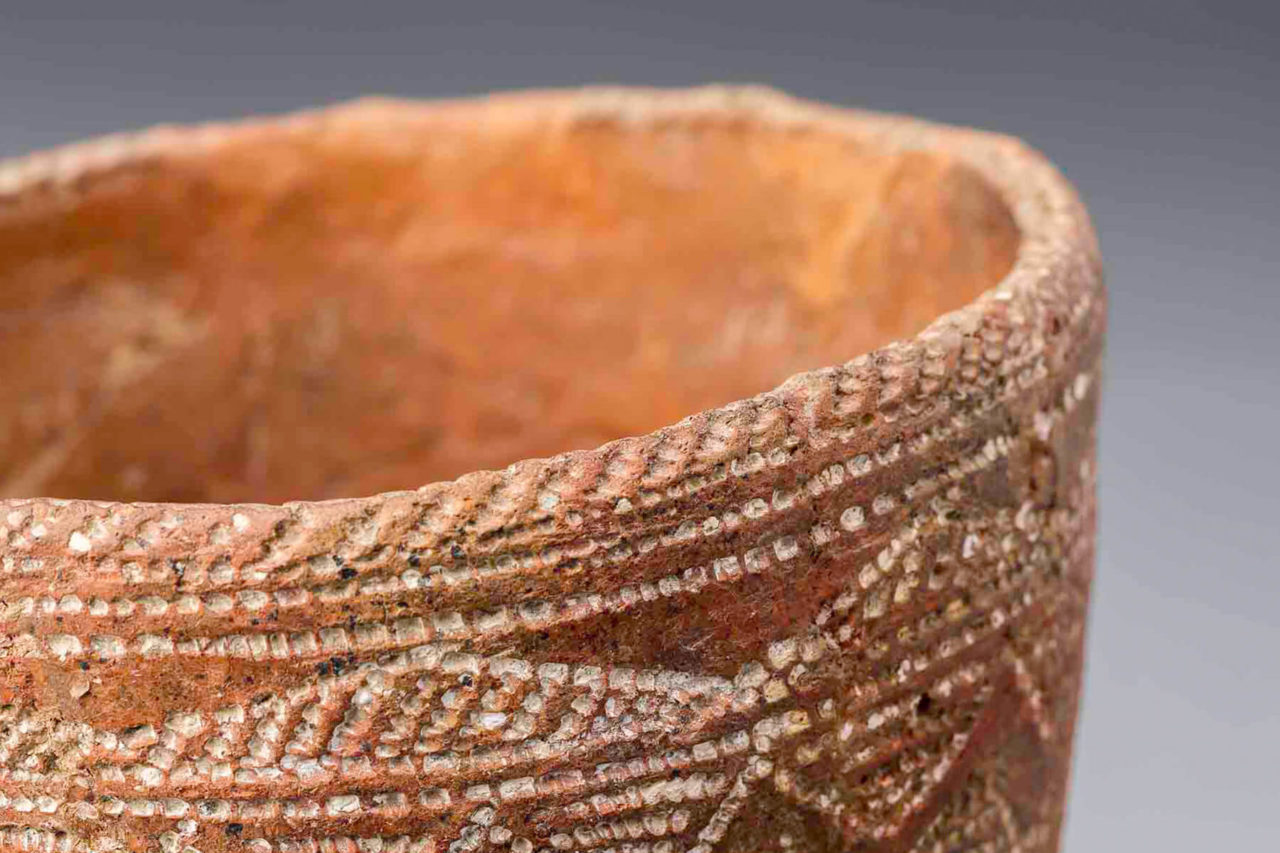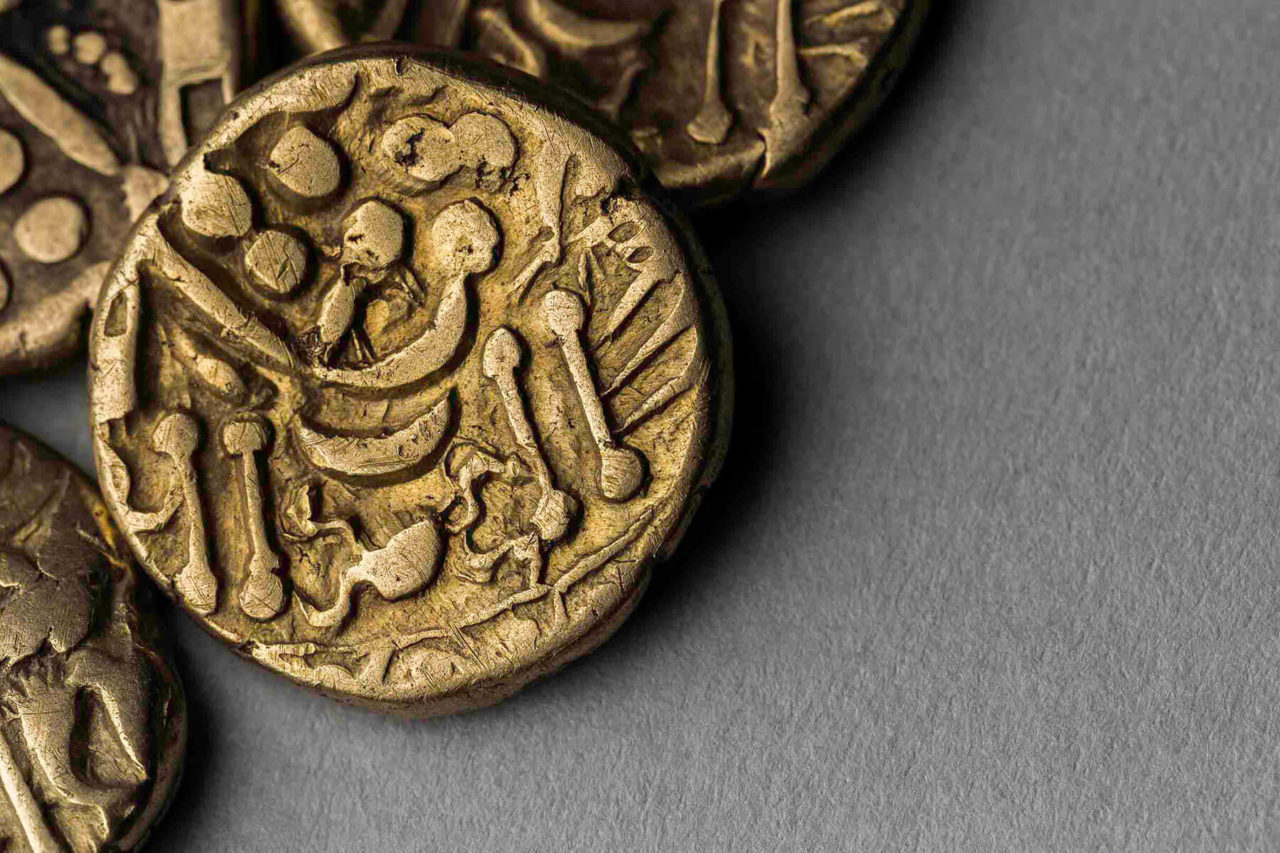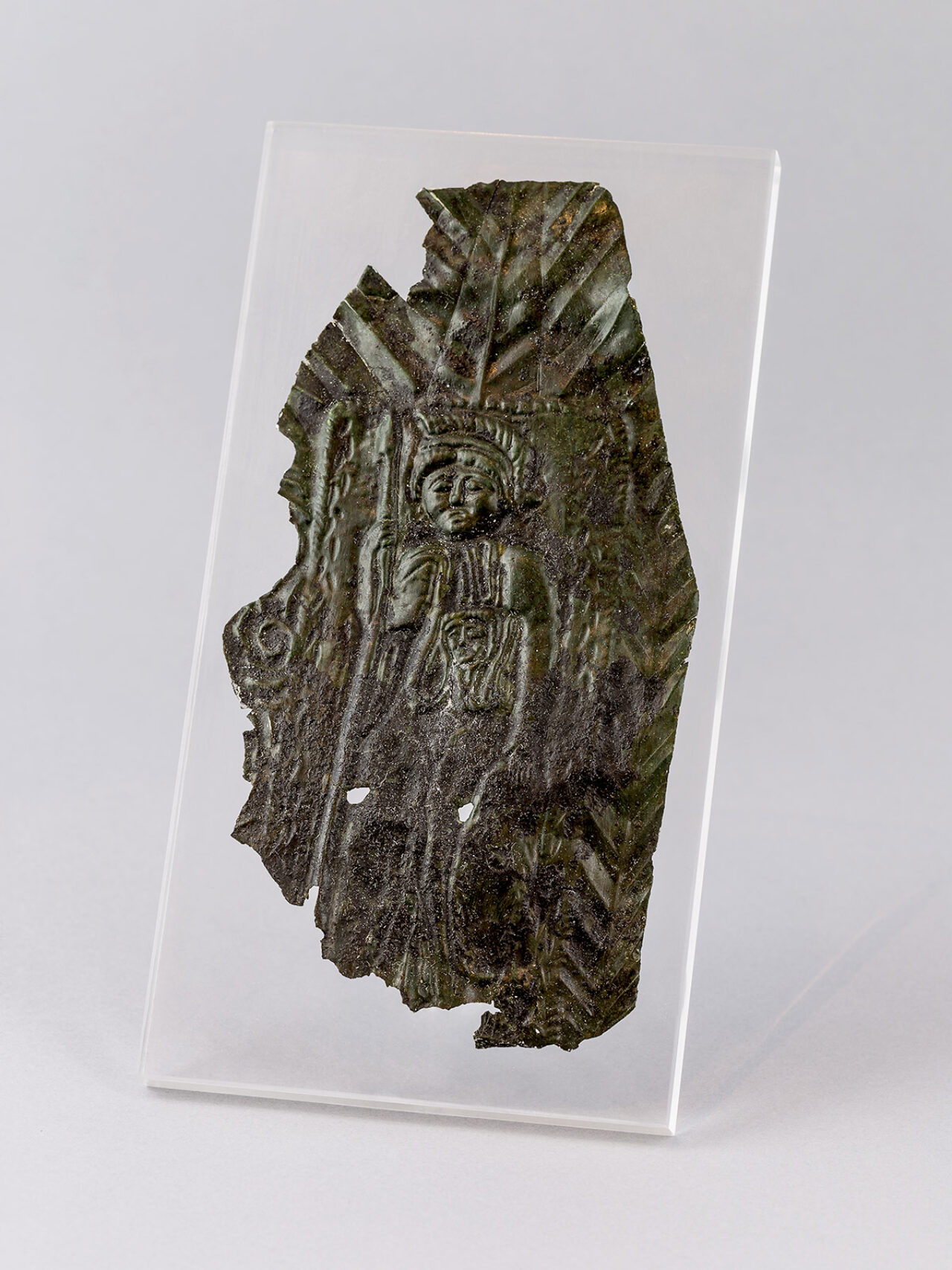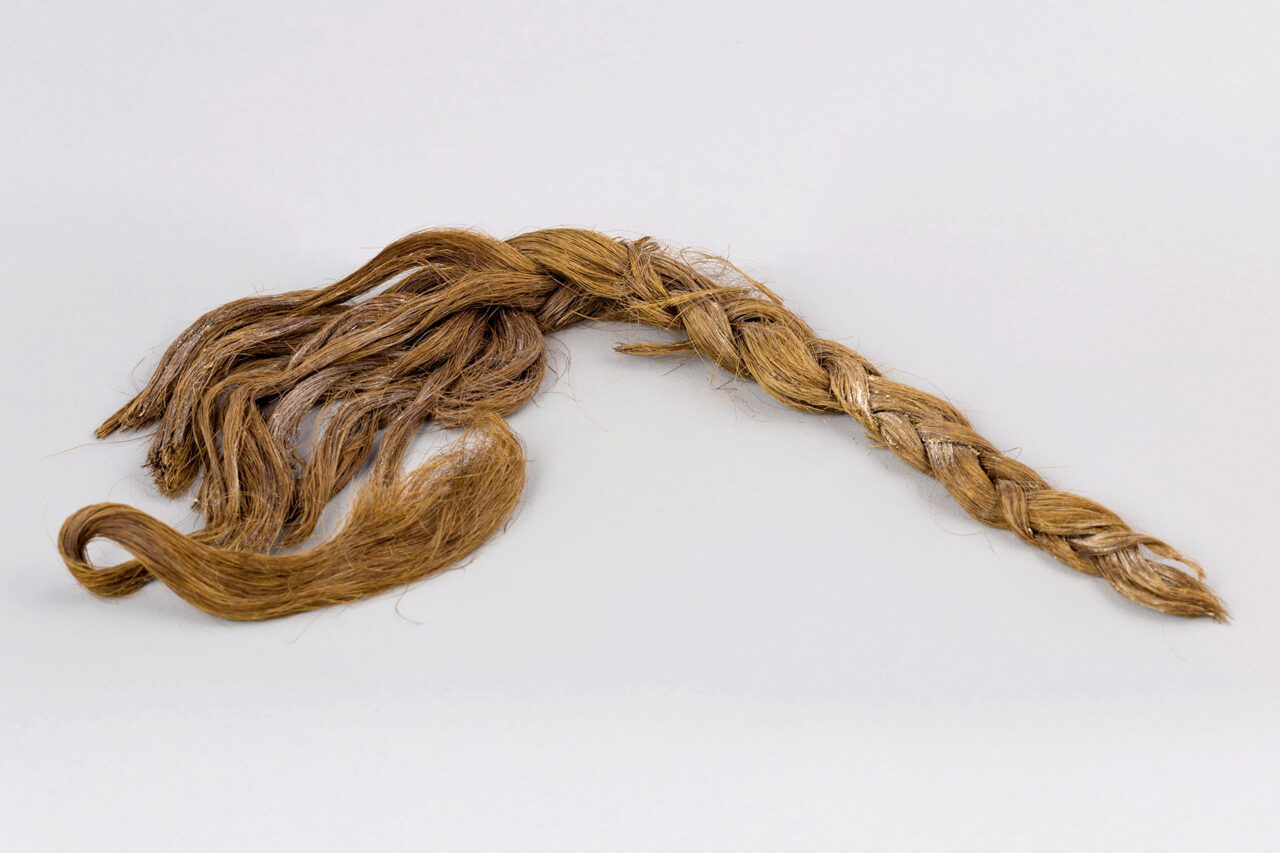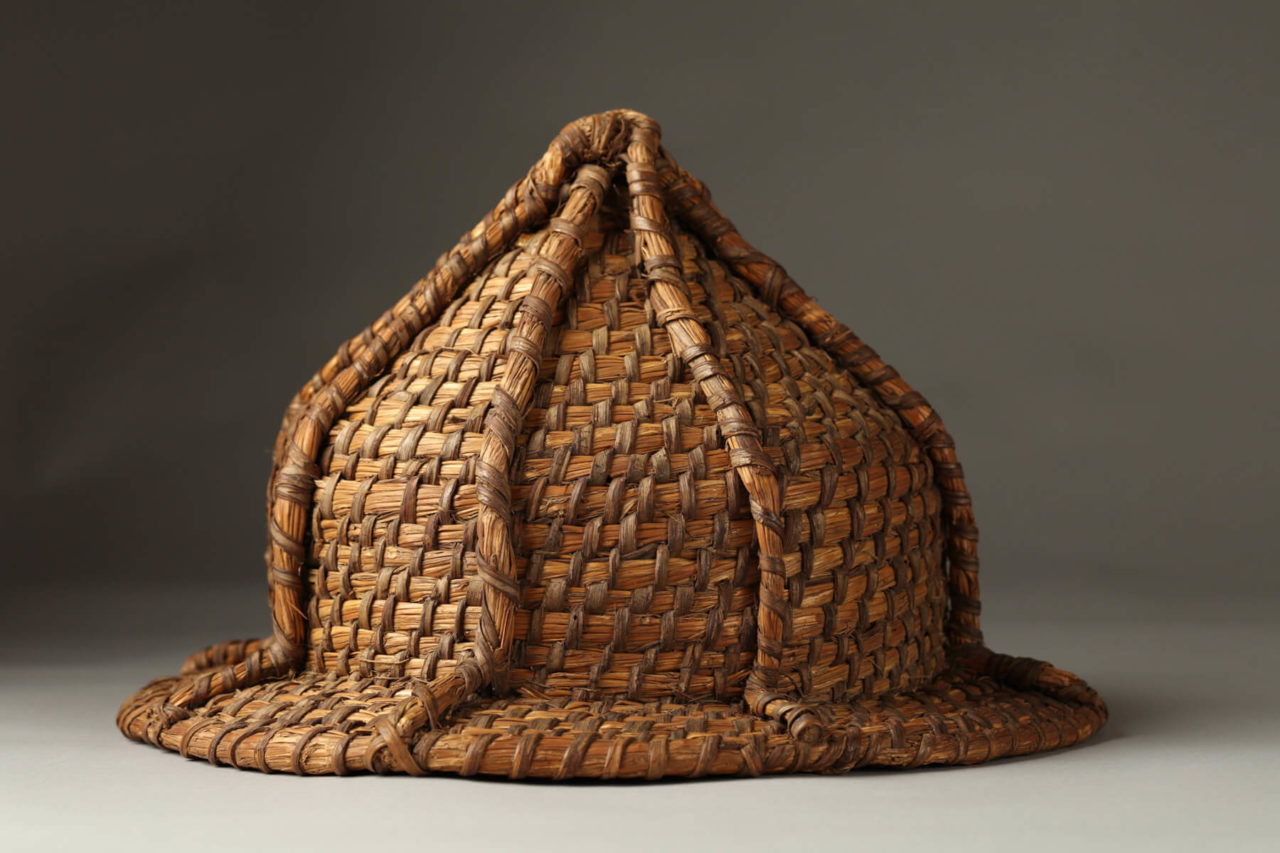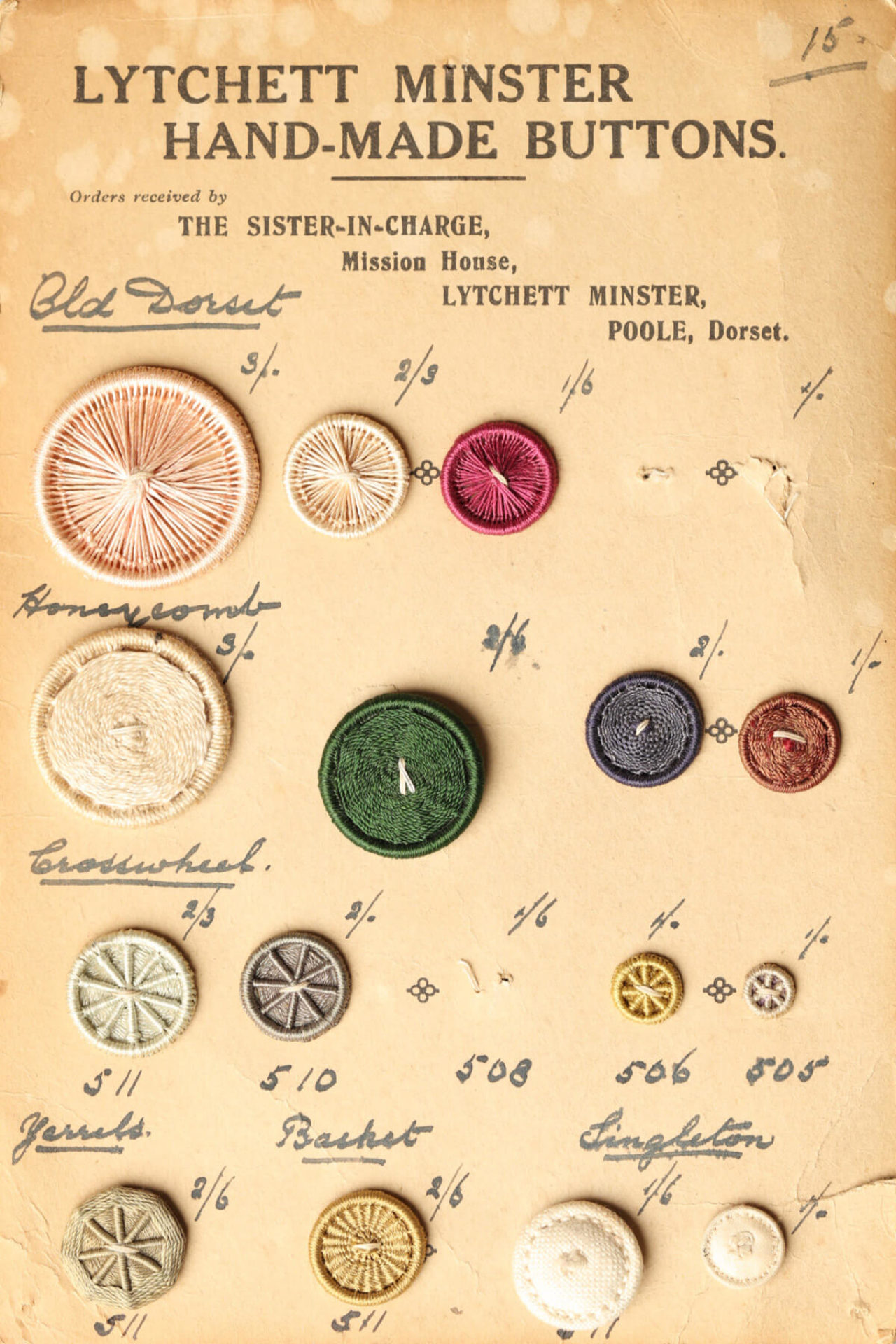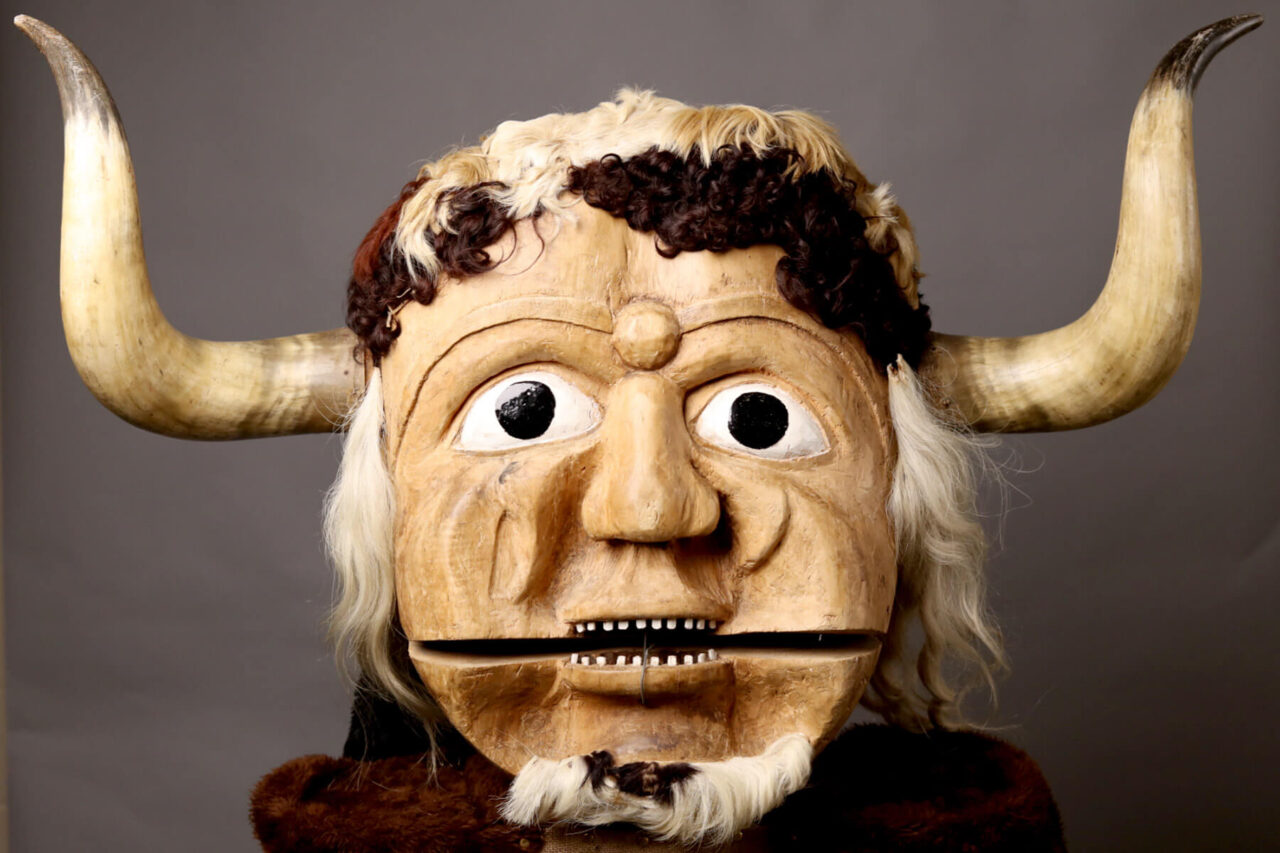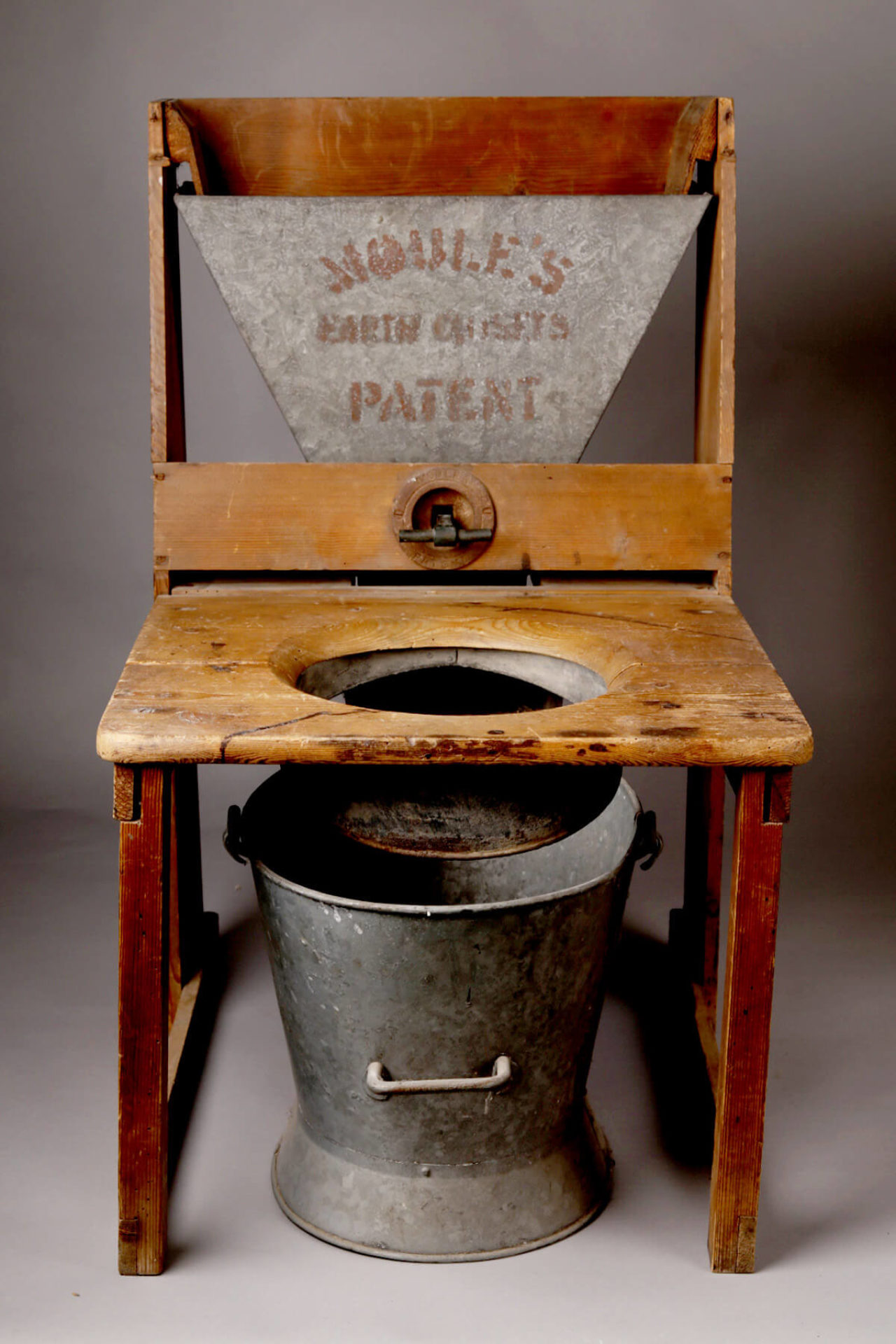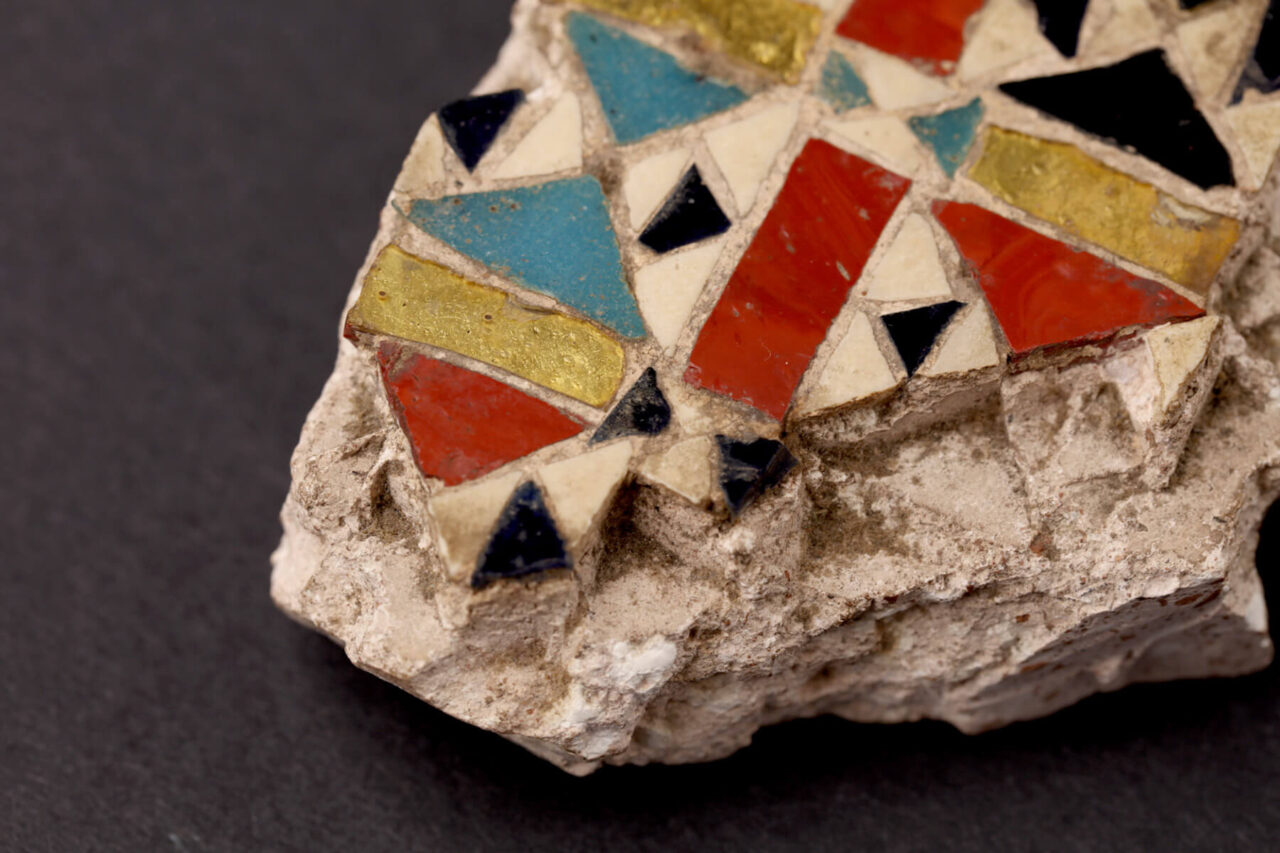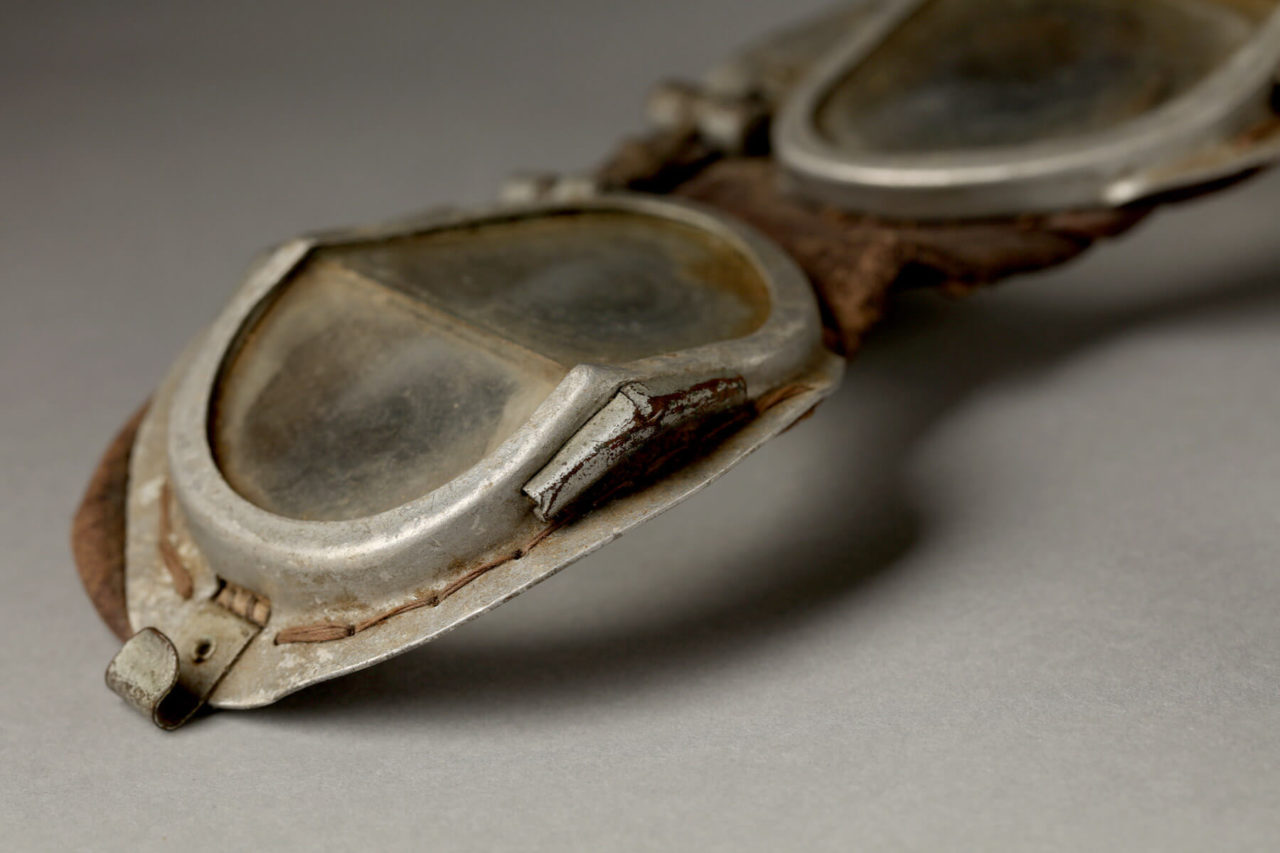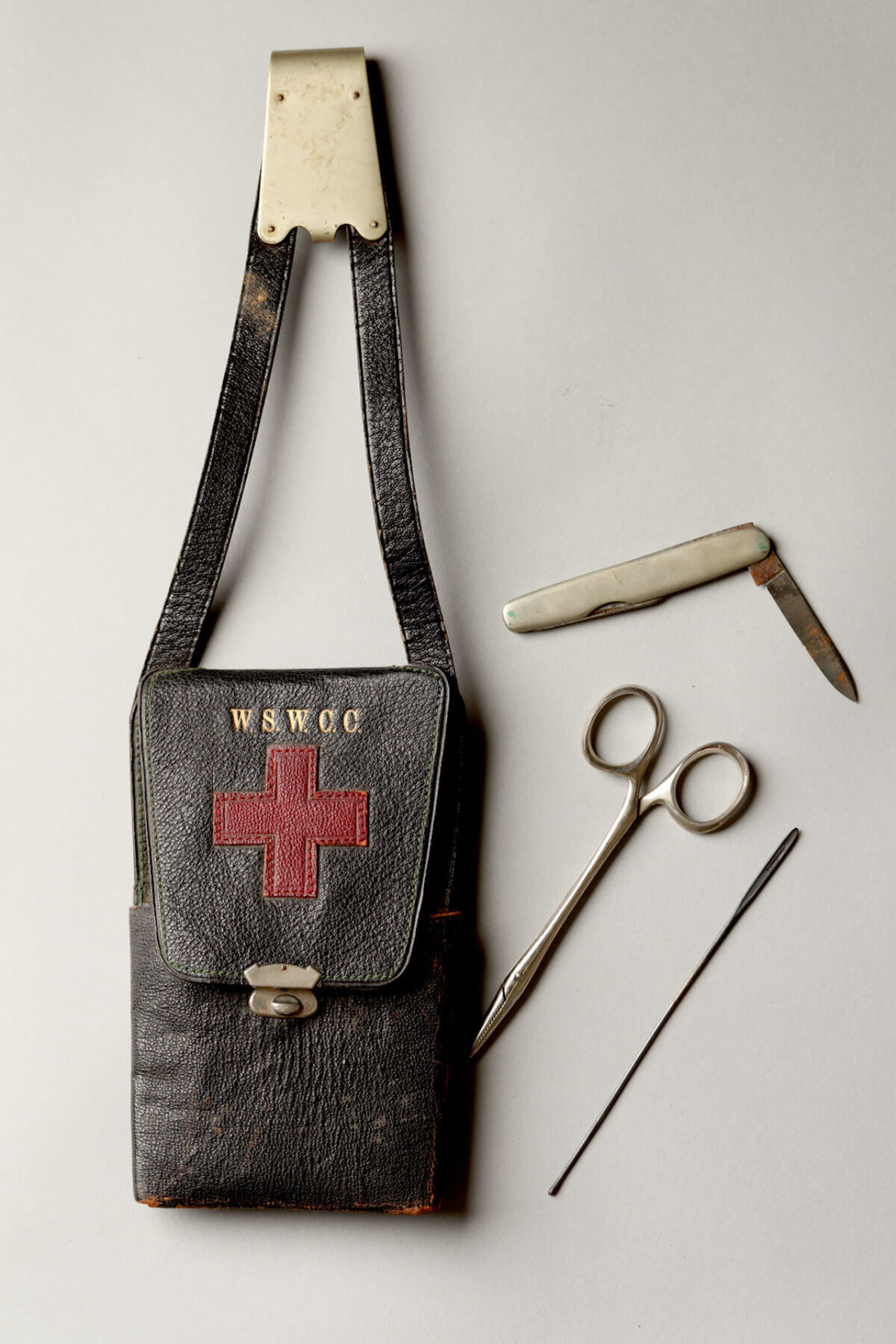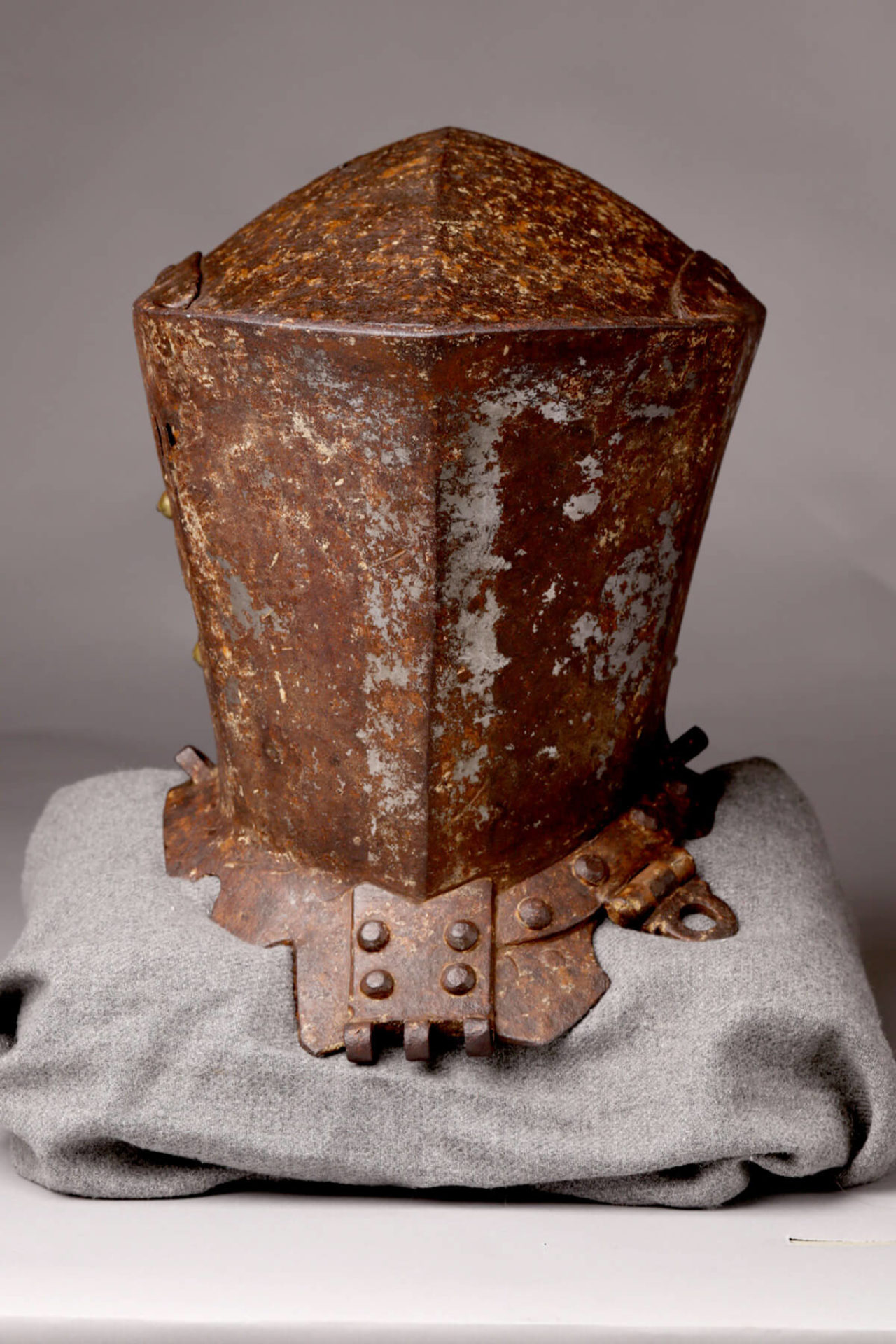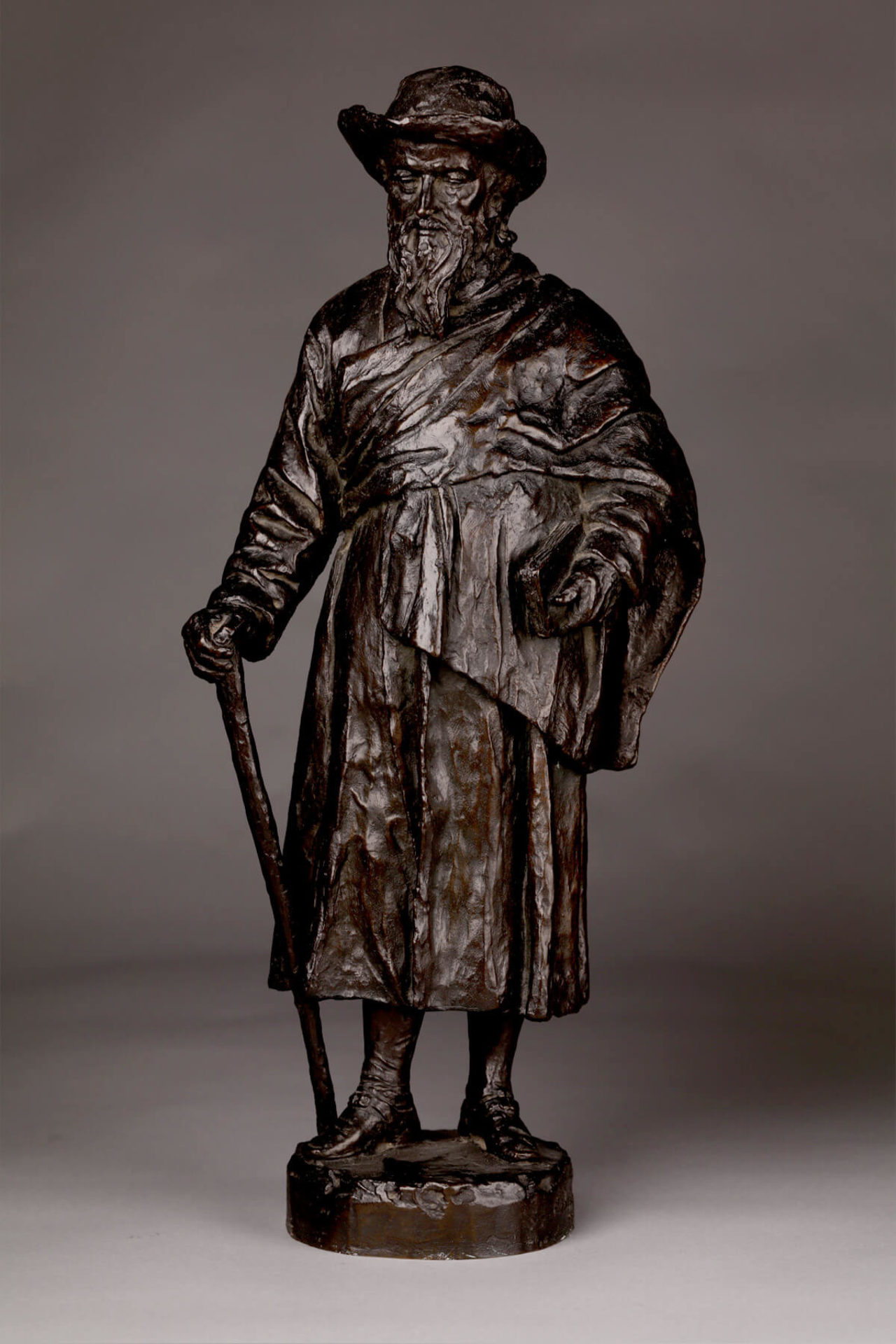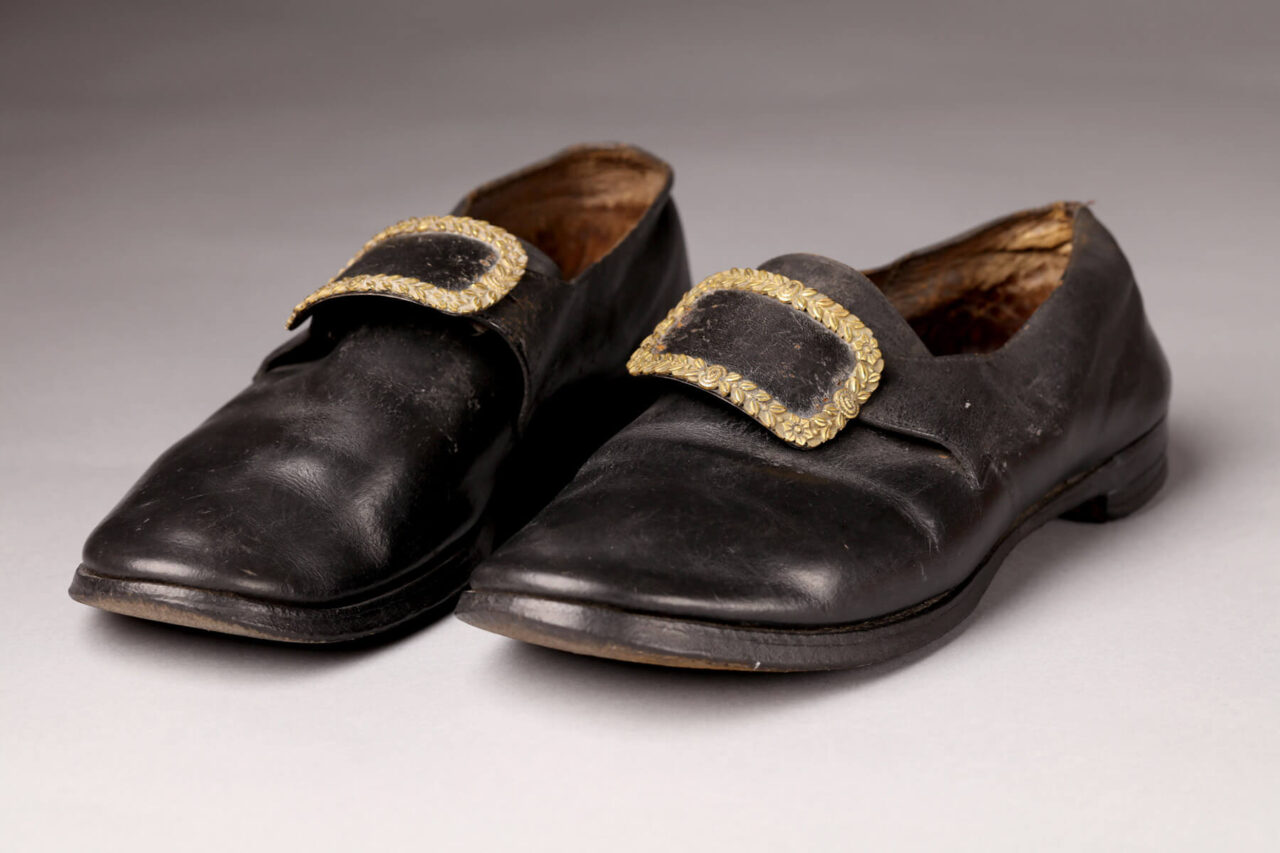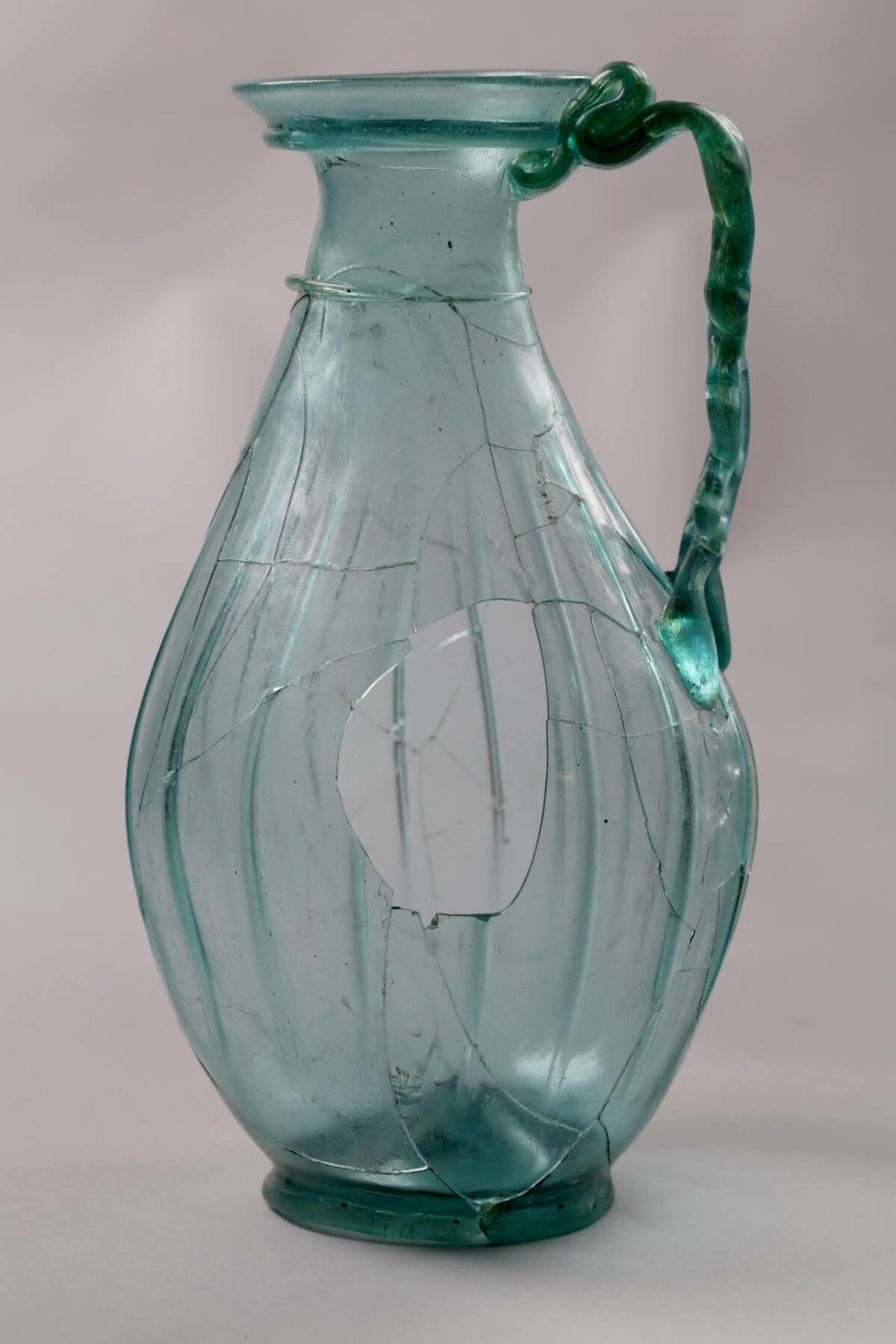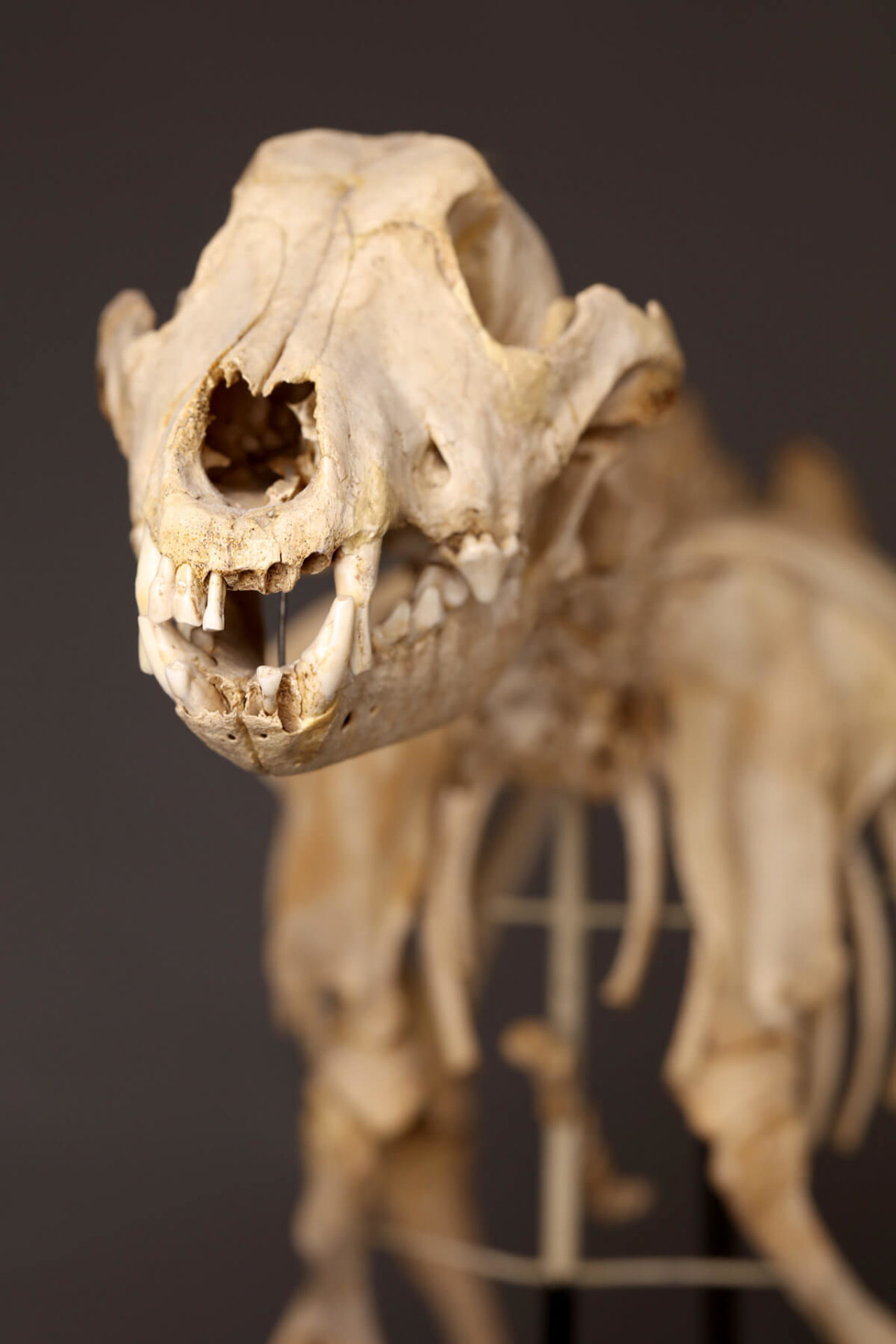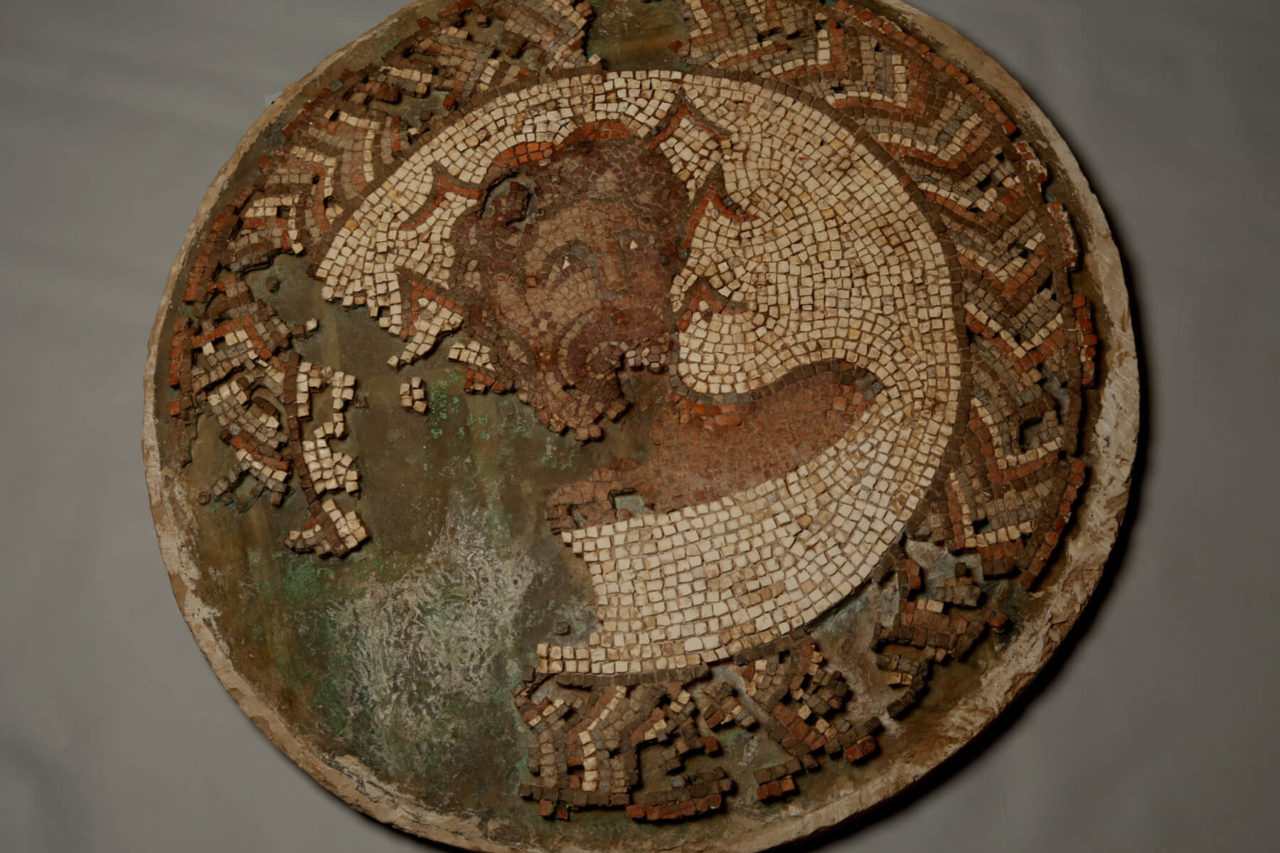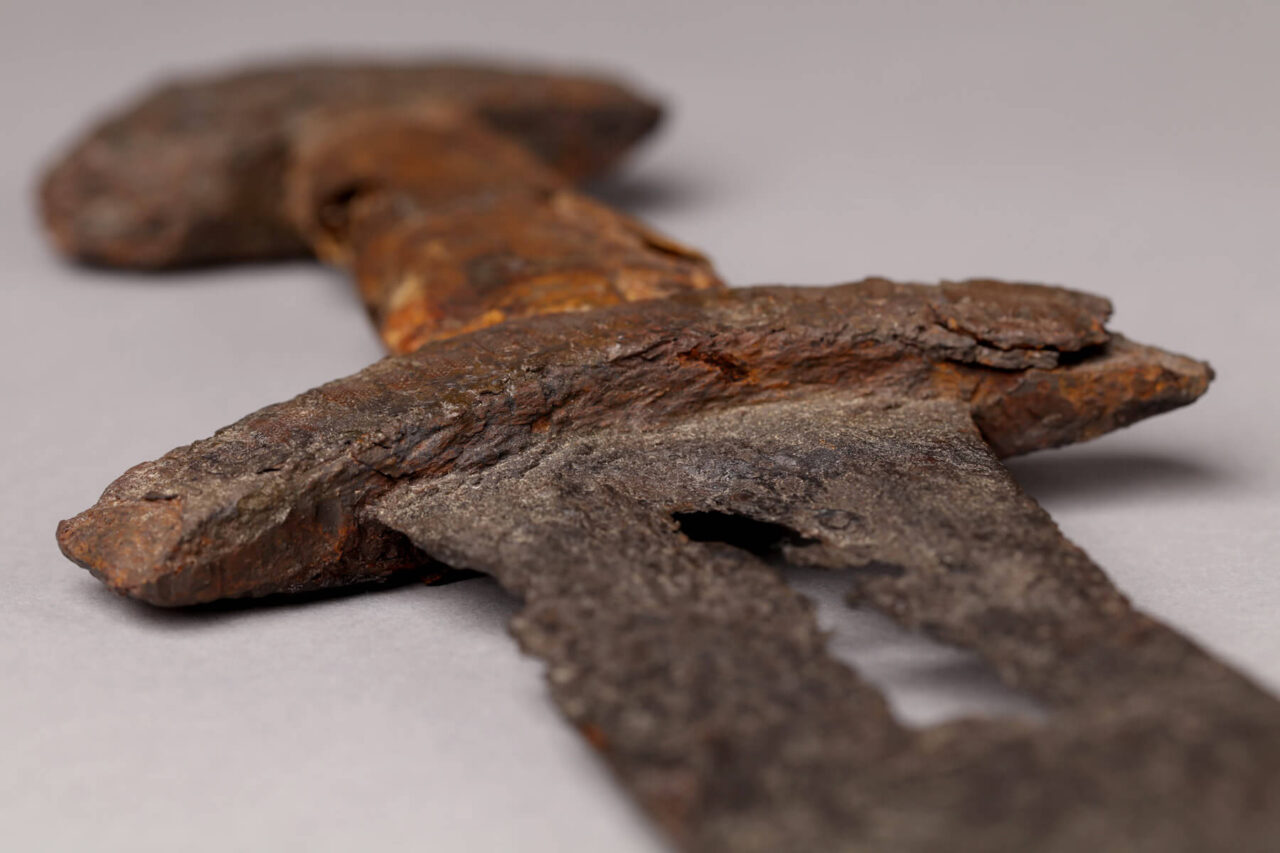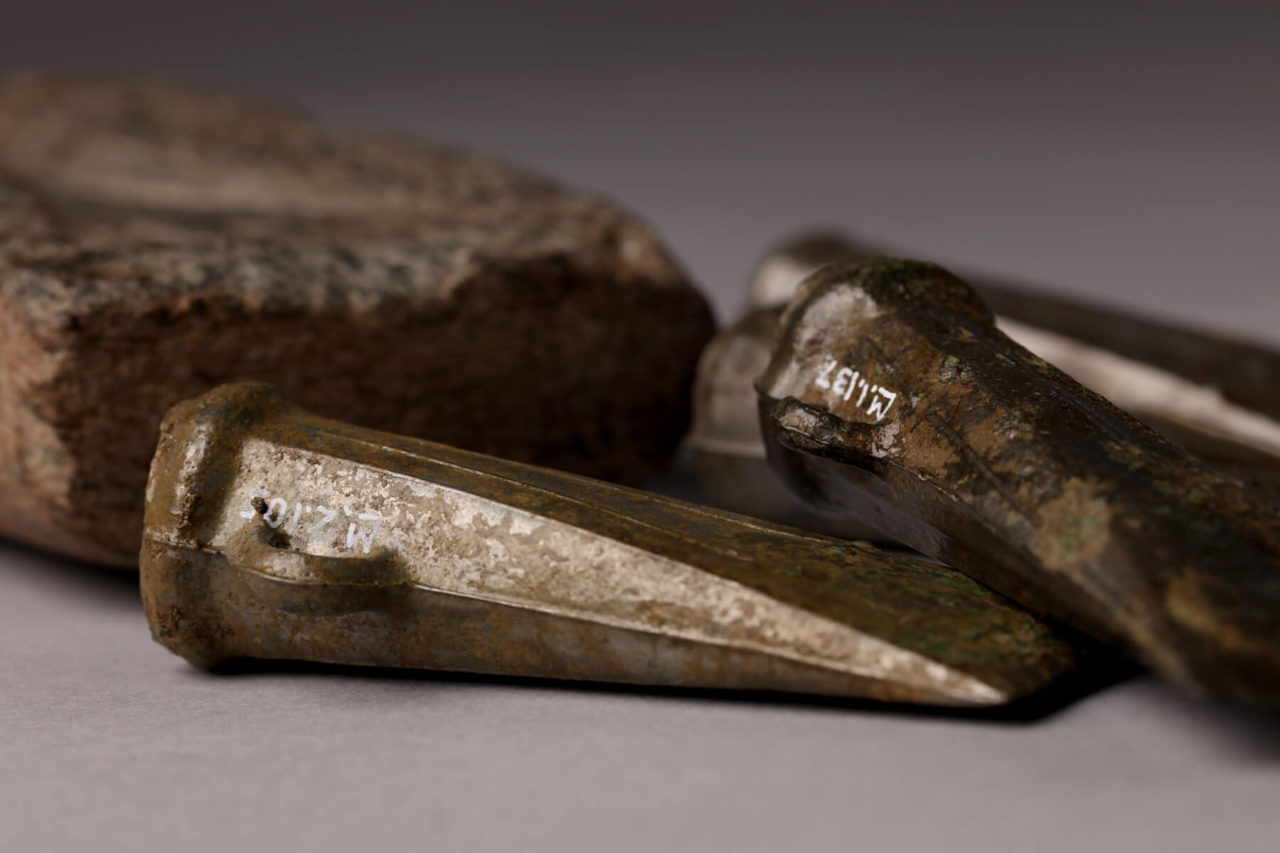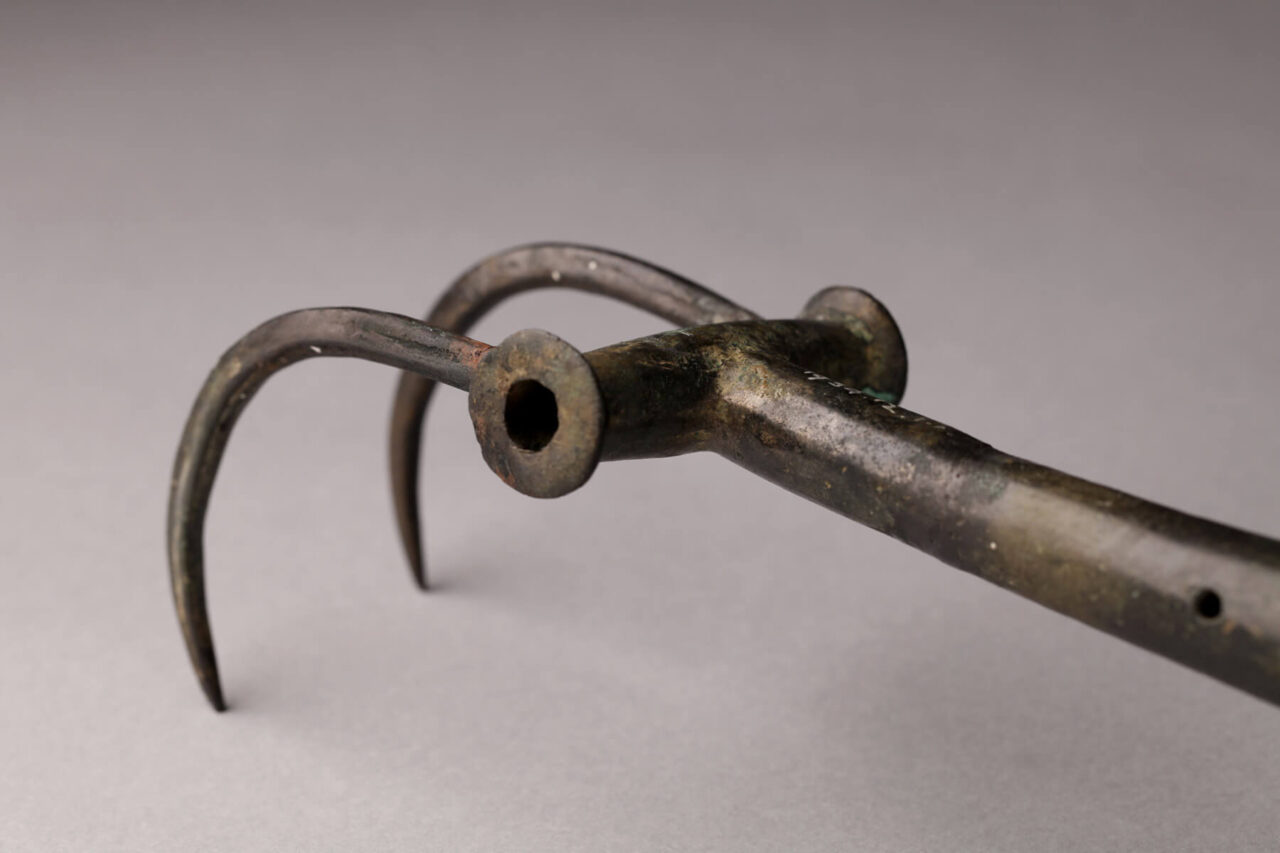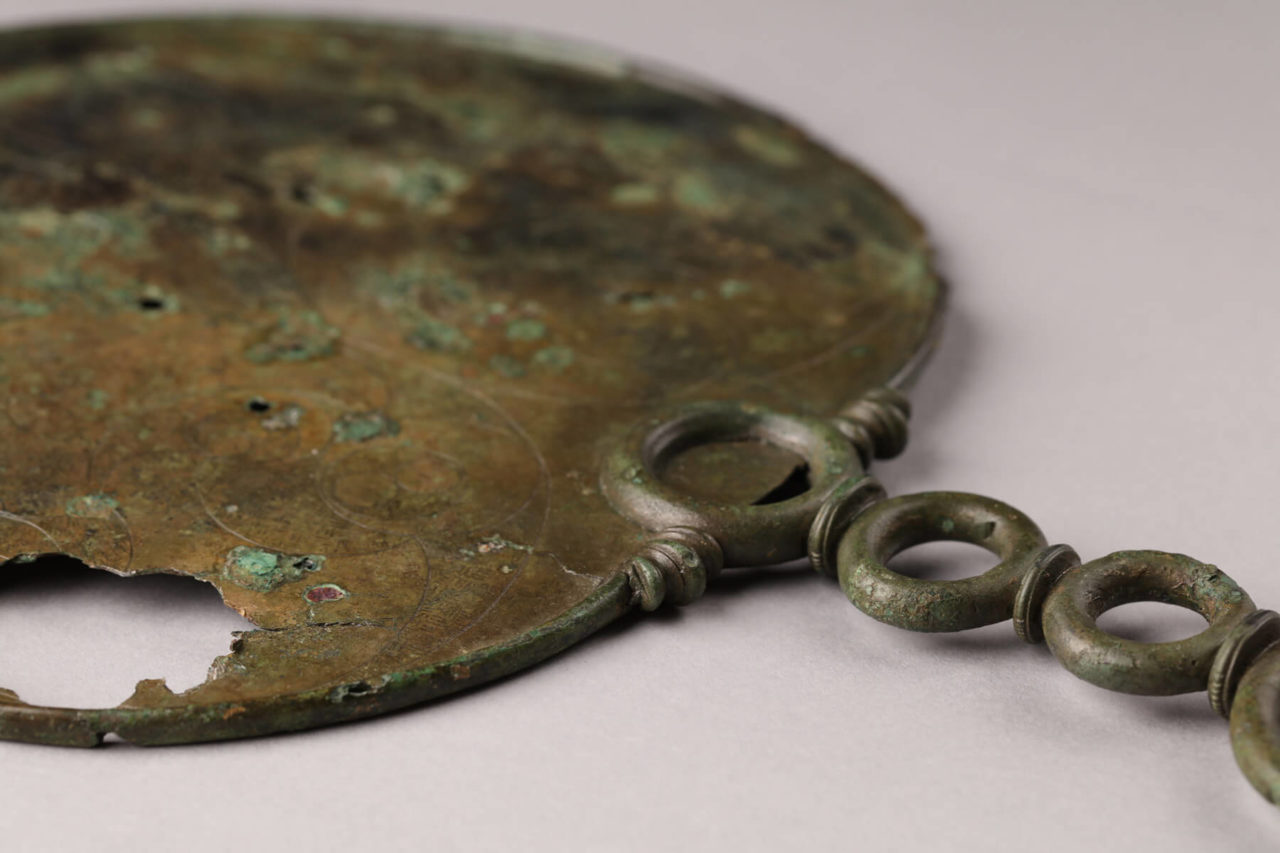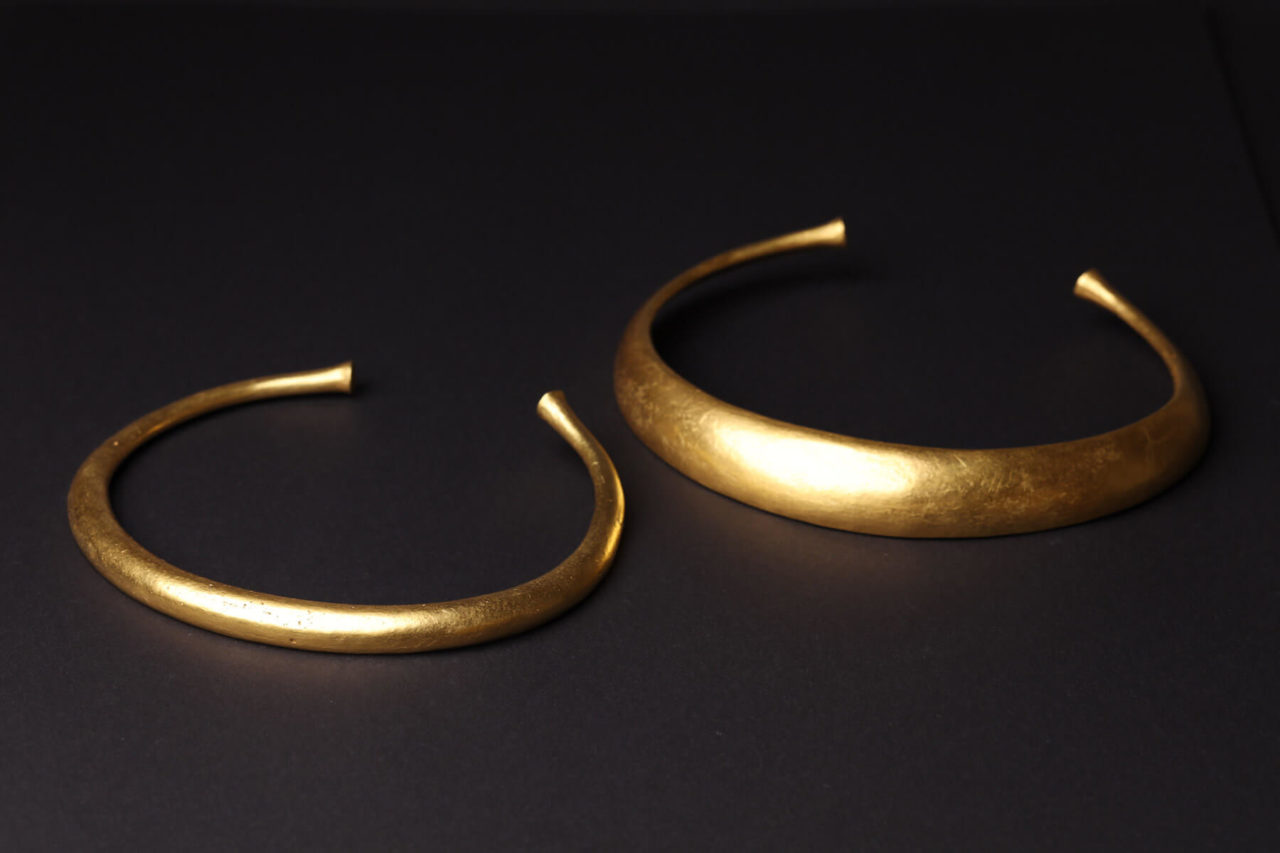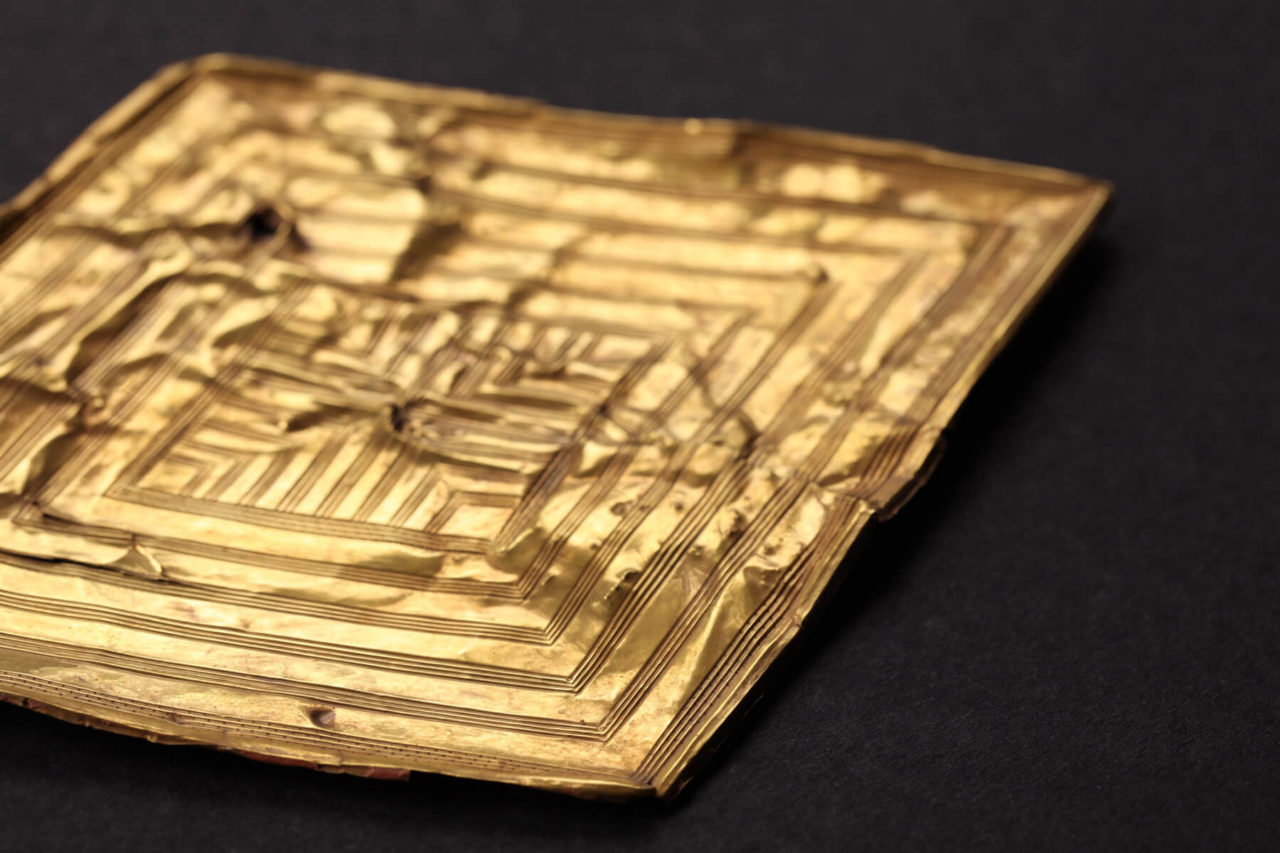People’s Dorset
Sweep through around 500,000 years of people’s history, from the Palaeolithic to the present day, on Dorset’s key themes of land, sea and community.
Marvel at objects from some of Britain’s most important archaeological sites, from spectacular Bronze Age gold and finds from Maiden Castle – one of Britain’s largest Iron Age hillforts – to treasures from Roman Dorchester. Let your fingers walk Dorset’s ancient landscape on a large touchscreen. Then head forwards in time to see the belongings of Dorset’s prestigious families alongside items revealing agricultural workers’ hard lives. Move on to 20th-century Dorset to see how inventive people, creativity and enterprise helped shape its recent history.
Download the large print guide-
-
Opening hours:
Dorset Museum & Art Gallery
Daily: 10.00am - 5.00pm
TASTE Café
Daily: 9.00am - 4.00pm
Sunday: 10:00am - 4:00pm
-
Admissions:
10% discount for Adult and Young Person Unlimited Ticket booked online using discount code DM01
BOOK ONLINE SAVE 10% -
-
-
For more information
[email protected]
What's Inside
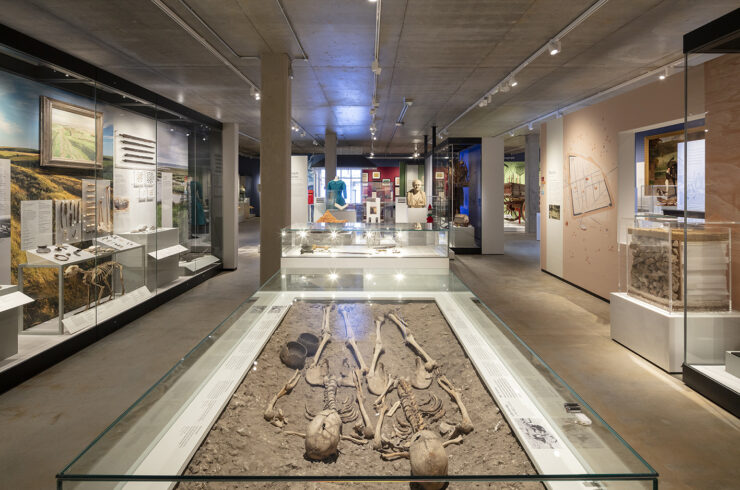
Archaeology
Items from the Iron Age hillfort Maiden Castle, excavated by Mortimer Wheeler in 1936.
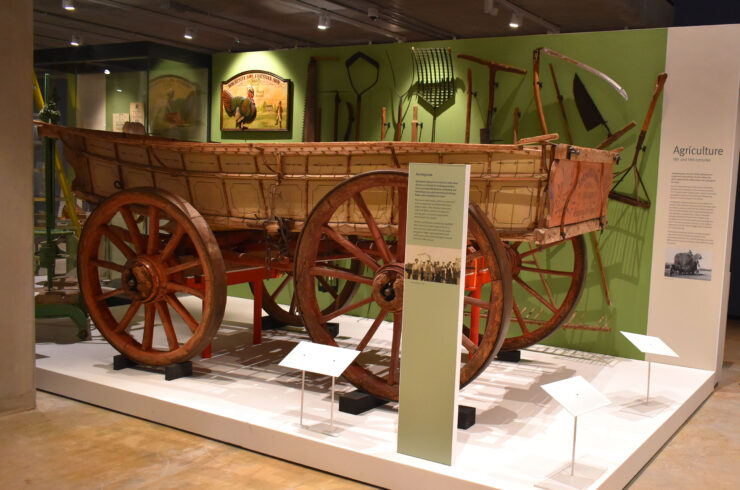
Rural Life
A 19th-century Dorset box wagon used by agricultural workers.
Highlights
1840
Rural worker’s shoe
Workers’ shoes rarely survive because they were often used until they wore out. This shoe was discovered in a barn and still has mud and…
1850-1900
Sunbonnet
Cotton bonnets shielded women’s faces and necks from the sun and rain. They shared similar print patterns or colours with the dresses women wore. …
c.6th to 7th century CE
Germanic style glass bowl fragment
This was a strongly curved, low drinking vessel with molten glass trailed around it for decoration. It is rare and only normally seen in the…
c.1800-1851
Brass dog collars
Reverend Thomas Warren, the Anglican vicar of Tolpuddle’s St John the Evangelist church, used these collars to identify his dogs. Warren witnessed an agreement over…
c.1800-1900
Costrel, Verwood pottery
Verwood produced many ceramic products. Their most famous was the Dorset Costrel – a flask with ear-like lugs, used by labourers for taking cider or…
1850-1900
Shepherd’s smock
Dorset shepherd Job Green owned this smock made from hardwearing cotton and gathered at the front to give it shape. The thick fabric, stains and…
1857
Tolpuddle trade show sign
The Fowl and Fatstock Show was a traditional event when farmers came to town to show off their market-ready birds and animals. People would travel…
43-410 CE
Engraved glass bowl from Colliton Park, Dorchester
Engraved with followers of Dionysus, Greek god of wine.
43-410 CE
Shale table leg from a three-legged table
Found in excavations at Colliton Park, Dorchester. Kimmeridge shale was used for many objects in Roman Dorset and beyond.
c.1695
The Bond family raised-work box
Raised, or stump, work was a popular 17th-century embroidery technique. Its padded decoration often featured biblical motifs, plants and flowers, but the figures on this…
c.1720
Embroidered shoe
18th-century shoes often matched the colours of women’s luxurious silk gowns. Professional embroiderers would have decorated the fabric with floral designs ready for the shoemaker…
c.2,200-1,950 BCE
The Tarrant Valley lunula
Named after the shape of a crescent moon, this Bronze Age lunula is very rare and the only one known from Dorset. These objects were…
c.100 BCE - 53 CE
Stone and glass beads, both local and imported
From an Iron Age burial at Langton Herring, these beads belonged to a young woman.
Early Bronze Age
Bronze Age beaker
Beakers of this type are associated with the first objects made from metal. This beaker was found in Broadmayne.
70-50 BCE
Hoard of sixteen gold Durotrigian staters
Staters were the earliest coinage in Britain. Hoards of them were sometimes treated in similar ways to other deposits of special objects.
43-410 CE
Bronze plaque fragment, with engraved figure
The engraved figure of Minerva discovered during excavations of the Roman Temple, Maiden Castle.
43-410 CE
Plait of red human hair
Hair was preserved in several graves at the Roman cemetery at Poundbury because bodies were packed with gypsum. Women wore their hair long, often plaited…
1700-1750
Deerstalker hat
Illicit deer hunting often took place in the evening when men ventured out wearing hats made of straw and bramble strips for camouflage. They also…
19th century
Selection of Dorset buttons
Dorset buttons were first produced in Shaftesbury in the early 17th century. By the 19th century over 100 different types of button were made in…
20th century
The Dorset Ooser
Every year Morris dancers use this replica Ooser for their May Day celebrations on a hillside near Cerne Abbas. The monstrous mask has its origins…
1873
Moule earth closet
Dorchester vicar Henry Moule (1801-1880) worked for better sanitation in the squalid slums of his Fordington parish. He invented this simple but effective composting toilet…
Mid-13th century
Mosaic fragment from Wimborne Minster
Saint Cuthburga founded Wimborne Minster around 700 CE as a monastery for monks and nuns. This mosaic fragment is thought to come from her…
c.1940-1945
Spitfire windscreen, goggles and microphone
Sgt Kenneth Christopher Holland served with Squadron 152 at RAF Warmwell in Dorset. On 25 September 1940, flying Spitfire N3173 he was shot down…
c.1915
Mabel Stobart’s medical kit
Mabel Stobart (1862-1954) used this medical kit to treat her patients during the First World War. Before the war she had set up a medical…
c.1480-1483
Jousting helmet
This helm was used at ‘Jousting of the peace’ tournaments by a knight of the Browning family. Until the Second World War, it was displayed…
1886
Statue of William Barnes
Maquette for a statue of William Barnes by Edwin Roscoe Mullins (1848-1907)…
c.1880
William Barnes’ shoes
William Barnes (1801-1886) was well known and respected in Dorchester as a teacher, rector and one of the founders of Dorset Museum. A writer of…
Mid-3rd century to mid-4th century CE
Glass jug from Bucknowle Roman Villa
A large, oval-shaped glass jug with distinctive chain handle. A rare survivor, this is one of the finest examples of Roman glassware ever discovered in…
Iron Age
Skeleton of dog from Maiden Castle
Dogs were common on Iron Age sites. They had roles herding livestock, as guard dogs and pets. Most were a similar size to this one.
4th century CE
Roman mosaic roundel from Hemsworth Roman villa
This round central section of a mosaic floor shows the head of the Roman sea god Neptune, with crab legs and claws growing from his…
c.900-1000 CE
The Wareham Sword
Made of silver, bronze and horn, this sword was found in the River Frome. The name engraved on it begins ‘Aethel…’, a name only associated…
800-600 BCE
The Langton Matravers Axe Hoard PD
This hoard contained 373 intact or broken bronze axes, and 404 fragments of bronze. It is one of the largest hoards found in Britain. The…
Late Bronze Age
The Winfrith Newburgh flesh hook (reconstructed)
Found as part of a hoard discovered in the 1930s, this is an extremely rare pronged object known as a flesh hook. Their exact use…
Iron Age c.25-50 CE
The Portesham mirror
This bronze mirror came from a grave close to the coast, and belonged to a middle-aged woman. There are only about 60 of these mirrors…
Late Bronze Age
The Chickerell neck rings
These two Late Bronze Age neck rings are constructed of solid gold bar. They were influenced by plain designs from Spain, western France and Ireland.
Early Bronze Age
The Newton Peverill jadeite axe
Fewer than 20 jadeite axes are known from Neolithic Britain and this is one of the finest examples. It was made from stone taken from…
Early Bronze Age
The Clandon Barrow lozenge
Decorated with a series of six deeply incised diamonds of diminishing size, punched dots and chevrons. The gold may be from Ireland…
c.2,200-1,950 BCE
The Tarrant Valley lunula
Named after the shape of a crescent moon, this Bronze Age lunula is very rare and the only one known from Dorset. These objects were…
